
Masseter Botox is a cosmetic procedure aimed at reducing the size of the masseter muscles to create a slimmer, more refined jawline while addressing issues like teeth grinding, TMJ pain, and tension headaches. The treatment involves injecting botulinum toxin into the masseter muscle to temporarily block nerve signals. This weakening of the muscle leads to disuse atrophy, resulting in a naturally contoured jawline. With high patient satisfaction and growing clinical support, masseter Botox serves both aesthetic and therapeutic purposes.
This guide covers masseter Botox’s mechanism of action, benefits, candidacy, treatment process, duration, potential risks, cost factors, and patient experiences. It is designed to help you understand what to expect before, during, and after treatment, and whether it may be the right option for your needs.
What Is Masseter Botox and How Does It Work for Jaw Slimming?
Masseter Botox uses injections of botulinum toxin into the masseter muscle—a strong skeletal muscle responsible for chewing. The toxin temporarily blocks nerve signals that trigger muscle contraction. With fewer impulses, the muscle gradually shrinks, softening a square jawline and enhancing facial contours.
What Muscles Does Masseter Botox Target?
The treatment specifically targets the masseter muscle on the side of the jaw, crucial for closing the mouth during activities like eating and speaking. By reducing excessive muscle activity, Botox limits hypertrophy (overdevelopment) which often causes a bulky, square jaw. Importantly, the treatment spares other facial muscles, preserving natural expressions. It is particularly useful for individuals experiencing hypertrophy due to bruxism (teeth grinding) or genetics.
How Does Botox Reduce Jaw Muscle Size and Appearance?
Botox works by preventing the release of acetylcholine, a neurotransmitter that causes muscle contraction. When the masseter muscle receives fewer signals, it undergoes disuse atrophy and gradually shrinks. In clinical studies, patients began to notice changes within a few weeks, with optimal results appearing after a couple of months. This gradual change allows for customizable outcomes based on dosage adjustments in successive treatments.
What Are the Benefits of Masseter Botox for Facial Aesthetics?
Beyond jaw slimming, masseter Botox enhances overall facial balance by harmonizing lower and upper face proportions. Many patients report increased confidence following treatment. In addition to its aesthetic benefits, Botox can alleviate functional issues such as bruxism-related jaw pain and tension headaches. Reduced inflammation and improved circulation in the treated area may also contribute to healthier skin. With minimal downtime and a non-invasive approach, masseter Botox offers an appealing alternative to surgical treatments.
Who Is a Good Candidate for Masseter Botox?
Ideal candidates for masseter Botox are adults seeking cosmetic improvement in facial contours or relief from overactive jaw muscles. Those with hypertrophic masseter muscles—resulting in a square, sometimes painful, jawline—often benefit significantly. It is also recommended for individuals troubled by jaw tension, migraines, or TMJ disorders. A thorough medical evaluation is necessary to ensure the treatment will not impair normal muscle functions.
What Conditions Can Masseter Botox Treat Besides Jaw Slimming?
In addition to cosmetic enhancement, masseter Botox is used to treat medical conditions such as bruxism, temporomandibular joint disorders, and tension headaches. The reduction in muscle strength and bulk helps alleviate pain and discomfort, contributing to better sleep quality and overall patient comfort. This dual-purpose capability bridges cosmetic dermatology and therapeutic applications.
Are There Any Medical or Cosmetic Contraindications?
Although generally safe, masseter Botox is not suitable for everyone. Individuals with neuromuscular disorders (for example, myasthenia gravis) or allergies to botulinum toxin should avoid the treatment. Pregnant or breastfeeding patients are usually advised against undergoing Botox due to limited safety data. A history of facial surgeries or any underlying conditions affecting nerve function also require careful evaluation during consultation.
How to Prepare for Your Masseter Botox Consultation?
Preparation involves compiling your medical history and any previous cosmetic treatment records. Inform your healthcare provider if you have neuromuscular conditions or allergies. To decrease the risk of bruising, avoid medications or supplements like aspirin or non-steroidal anti-inflammatory drugs for at least a week prior. It is also important to have realistic expectations and a clear discussion of your aesthetic goals during your consultation.
What Happens During a Masseter Botox Treatment Session?
The procedure is non-surgical, usually performed in a clinical setting under minimal discomfort. The practitioner begins by assessing the target area to identify precise injection points in the masseter muscle. Using a fine needle, Botox is injected in small doses, a process that typically lasts between 15 and 30 minutes. The procedure is minimally invasive, allowing patients to return to their daily routines almost immediately. Results develop gradually as muscle activity diminishes over several weeks.
How Is the Injection Administered and How Long Does It Take?
During treatment, the practitioner cleans the area and uses a micro-fine needle to inject Botox in carefully measured doses into multiple points of the masseter muscle. This precise technique minimizes discomfort and reduces the risk of bruising. The entire injection process generally takes less than 30 minutes, and any brief stinging is quickly resolved.
Does the Procedure Cause Pain or Discomfort?
Most patients report only minimal discomfort, describing the injections as brief pinches rather than painful stings. The use of ultrafine needles and the localized nature of the treatment contribute to a low pain experience. Mild soreness or swelling may occur after the procedure, but these side effects typically subside within a few days and can be managed with over-the-counter pain relievers.
What Aftercare Is Required Immediately Following Treatment?
Post-treatment, patients are advised to avoid strenuous activities and excessive jaw movement for at least 24 hours. It is important not to massage or apply pressure to the treated area to prevent toxin migration. Remaining upright for several hours and using ice packs to reduce swelling is recommended, as is avoiding alcohol or blood-thinning medications shortly after the procedure.
How Long Does Masseter Botox Last and When Will You See Results?
Noticeable improvements typically begin within a few weeks after treatment as the muscle responds to the toxin. A refined, slimmer jawline and reduced symptoms such as jaw tension or headaches usually become visible around four to six weeks post-injection. While results vary with individual muscle mass and response, most patients see significant improvements within the first month.
When Do Jaw Slimming Effects Typically Begin to Appear?
Jaw slimming effects usually appear within 2 to 4 weeks. Early changes include a softer jawline and less muscle prominence; full effects may take up to 6 weeks as the muscle atrophies gradually. This progression allows both patient and practitioner to gauge the treatment’s effectiveness and make any necessary adjustments.
How Long Do the Effects of Masseter Botox Last?
A single treatment typically lasts between 4 and 6 months. As the neuromuscular effects wear off, the muscle gradually regains its strength and size. Many patients opt for regular maintenance injections to preserve the slimmed appearance, with some noting that repeated treatments can gradually extend the duration of the effect.
How Often Should Treatments Be Repeated for Optimal Results?
For sustained results, treatments are generally recommended every 4 to 6 months. Regular sessions help maintain the reduction in muscle size and prevent the muscle from regaining its previous bulk. Practitioners may adjust the dosage based on ongoing evaluations to balance aesthetic outcomes with long-term muscle health.
What Are the Possible Side Effects and Risks of Masseter Botox?
Masseter Botox is considered safe, but potential side effects include mild bruising, swelling, or soreness at the injection site, which typically resolve within a few days. In some cases, slight asymmetry or temporary muscle weakness may occur, but these generally improve with time and require minimal or no intervention.
What Are Common Mild Side Effects After Treatment?
Common mild side effects include local bruising, minor swelling, and temporary tenderness at the injection points. These effects are usually short-lived and can be managed with cold compresses and routine pain relievers. Strict adherence to aftercare instructions further minimizes these transient reactions.
What Rare Complications Should Patients Be Aware Of?
Rare complications might include unintended spread of the toxin causing temporary muscle weakness beyond the target area. On uncommon occasions, patients may experience difficulty with chewing or speech disturbances, as well as facial asymmetry. Allergic reactions or infections are very rare when proper aseptic techniques are followed. It is important for patients to promptly report any unusual symptoms.
How to Manage Side Effects and When to Contact Your Doctor?
Side effects can usually be managed by following the recommended aftercare guidelines. Patients should use cold compresses to reduce swelling and take over-the-counter pain relievers for any discomfort. However, if severe muscle weakness, persistent pain, or notable asymmetry occurs, contact your doctor immediately. Regular follow-up appointments help ensure that any issues are addressed early.
How Much Does Masseter Botox Cost and Is It Worth It?
The cost of masseter Botox varies by location, practitioner expertise, and dosage. Prices usually range from a few hundred to over a thousand dollars per session. Despite the upfront expense, many patients find the treatment cost-effective due to the dual benefits of enhanced facial aesthetics and symptom relief. Often, clinics offer financing or package deals to make the treatment more accessible.
What Factors Influence the Cost of Masseter Botox Treatments?
Cost is influenced by factors including geographic location, local cost of living, the practitioner’s reputation, and the specific dosage needed. The complexity of a patient’s condition, such as the degree of muscle hypertrophy or the presence of TMJ issues, may also affect pricing. High-end clinics with extensive experience tend to charge more, reflecting their track record in achieving excellent outcomes.
Are There Financing or Package Options Available?
Many clinics provide flexible financing options or offer package deals that include multiple treatment sessions at a discounted rate. Options such as installment payments or seasonal promotions can help reduce the initial financial burden, making the treatment a more accessible investment for those who wish to maintain long-term results.
How to Evaluate the Value of Masseter Botox for Your Needs?
To evaluate its value, consider both the aesthetic improvements and functional relief experienced after treatment. Reviewing before-and-after photos, patient testimonials, and discussing expectations with a qualified practitioner can help determine if masseter Botox is worth the investment for your specific concerns.
What Do Patients Say About Their Masseter Botox Experience?
Patients frequently praise masseter Botox for its minimal downtime and noticeable yet natural improvements in facial contour and comfort. Many report significant relief from symptoms such as jaw pain and tension headaches. Personal testimonials often highlight the treatment’s ability to subtly enhance facial aesthetics while providing therapeutic benefits.
What Are Common Patient Outcomes and Satisfaction Levels?
Reported outcomes include a softer jawline, enhanced facial symmetry, and reduced muscle discomfort. High satisfaction levels are common with many patients noting a gradual and natural transformation. Regular maintenance and personalized dosage adjustments further contribute to positive long-term results.
How Do Patients Describe the Treatment Experience?
Patients describe the treatment as quick and straightforward. The procedure is less invasive compared to surgical options, with a very short recovery period. Emphasis is often placed on the professional care provided, clear communication during consultations, and the overall confidence boost resulting from the improved facial appearance.
Where to Find Reliable Reviews and Before/After Photos?
Reputable clinic websites, cosmetic surgery forums, and independent review platforms offer reliable before-and-after photos and testimonials. Medically affiliated aesthetic associations also provide verified patient feedback, ensuring that potential patients have access to unbiased information when considering the treatment.
Frequently Asked Questions
Q: What is the mechanism of action in masseter Botox? A: Masseter Botox blocks acetylcholine release at the neuromuscular junction, reducing muscle contractions and leading to atrophy of the masseter muscle, which results in a slimmer jawline.
Q: Are the changes from masseter Botox permanent? A: No, the effects are temporary. Most patients see benefits for about 4 to 6 months, after which re-treatment is necessary. Continued treatments may help extend the period of effectiveness.
Q: Is masseter Botox a painful procedure? A: The procedure is minimally painful, with most patients describing it as a brief pinching sensation. Any mild soreness typically resolves within a few days using standard pain relievers.
Q: Can masseter Botox help with conditions other than jaw slimming? A: Yes, in addition to aesthetic benefits, it helps relieve symptoms of bruxism, TMJ disorders, and tension headaches by reducing muscle strength and bulk.
Q: What preparation is needed before undergoing masseter Botox? A: Patients should avoid blood-thinning medications and alcohol before treatment, and disclose their full health history. A proper consultation will include guidelines to minimize bruising and achieve optimal results.
Q: How do I choose the right clinic for masseter Botox treatment? A: Look for board-certified, experienced practitioners. Reviewing patient testimonials, before-and-after photos, and comparing costs and package options can help you select a trusted clinic.
Q: What post-treatment care is recommended after masseter Botox? A: Patients should avoid touching or massaging the treated area, remain upright for several hours, and use cold compresses to minimize swelling. Following these guidelines is key to achieving the best results.
Final Thoughts
Masseter Botox is a safe and effective treatment for those seeking both cosmetic improvement and relief from jaw-related discomfort. Its minimally invasive nature and gradual development of results make it an attractive option for individuals with hypertrophic masseter muscles, TMJ disorders, or bruxism. With proper consultation, treatment, and aftercare, patients can enjoy a refined jawline and overall enhanced facial comfort while addressing related clinical symptoms.





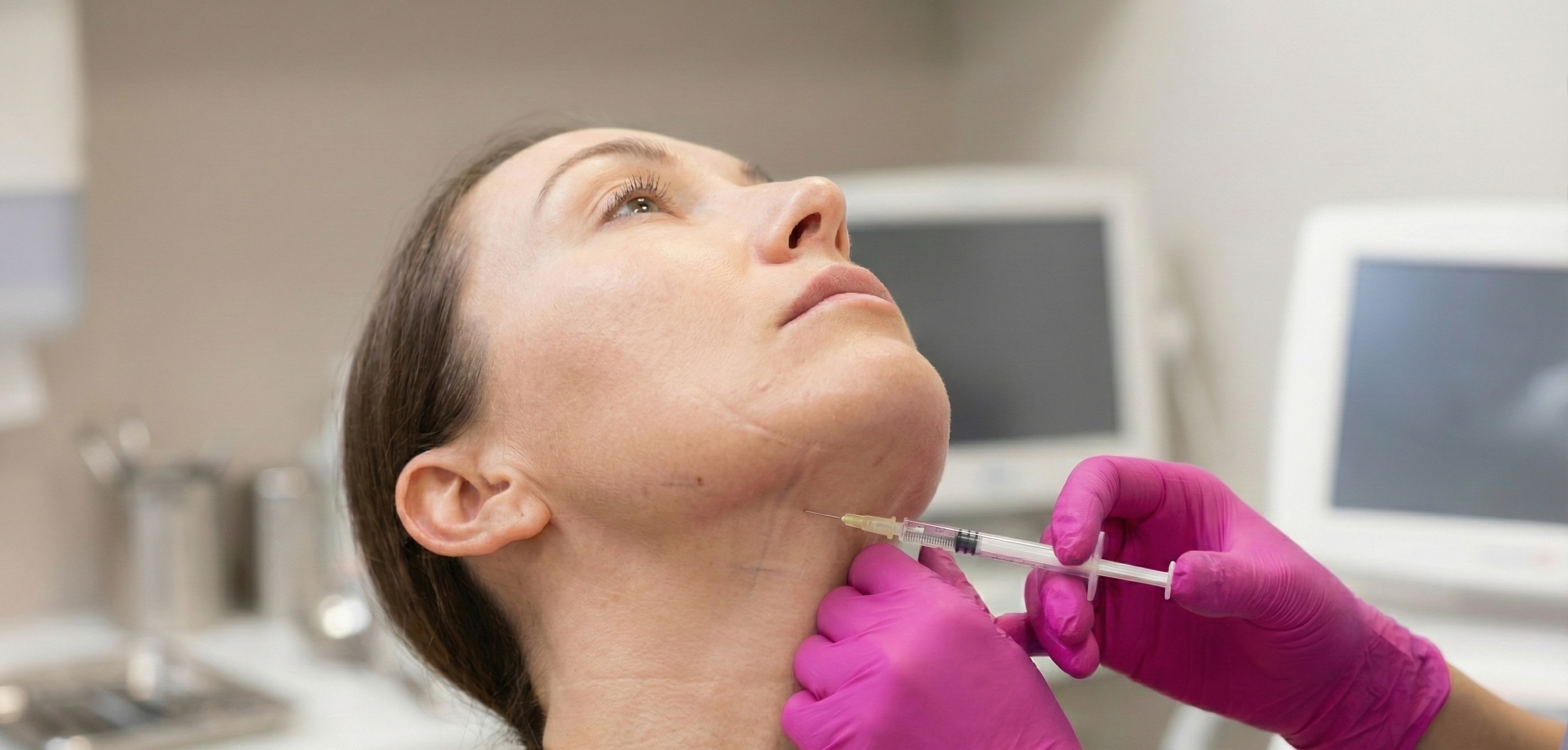

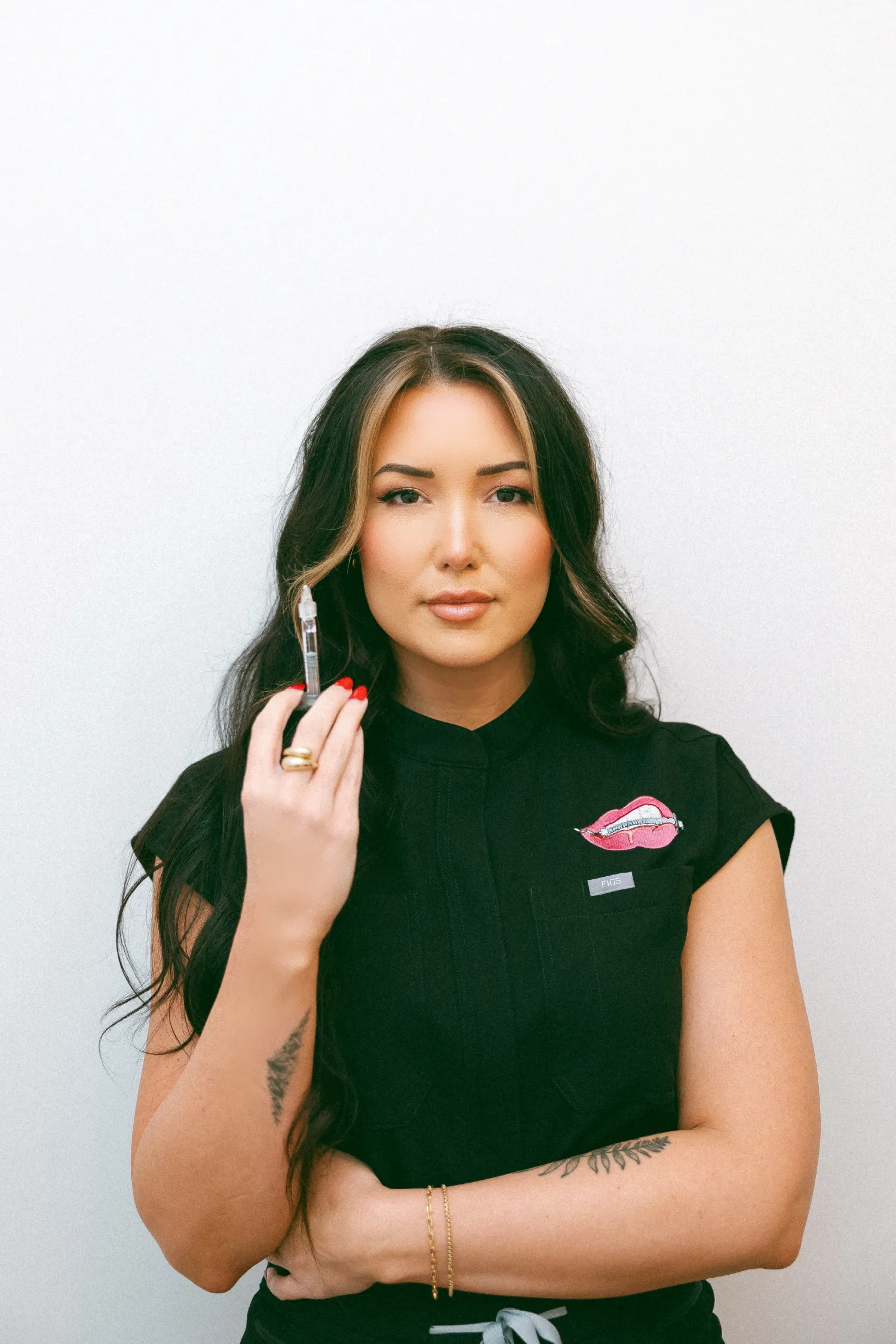
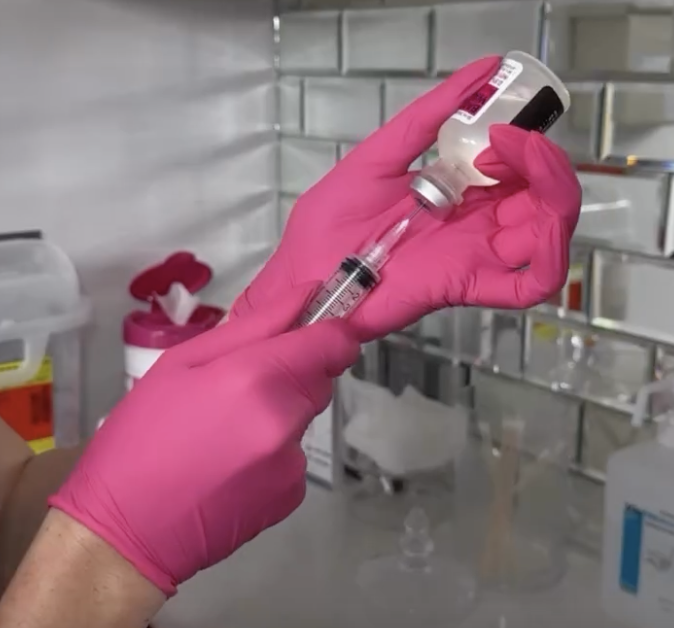


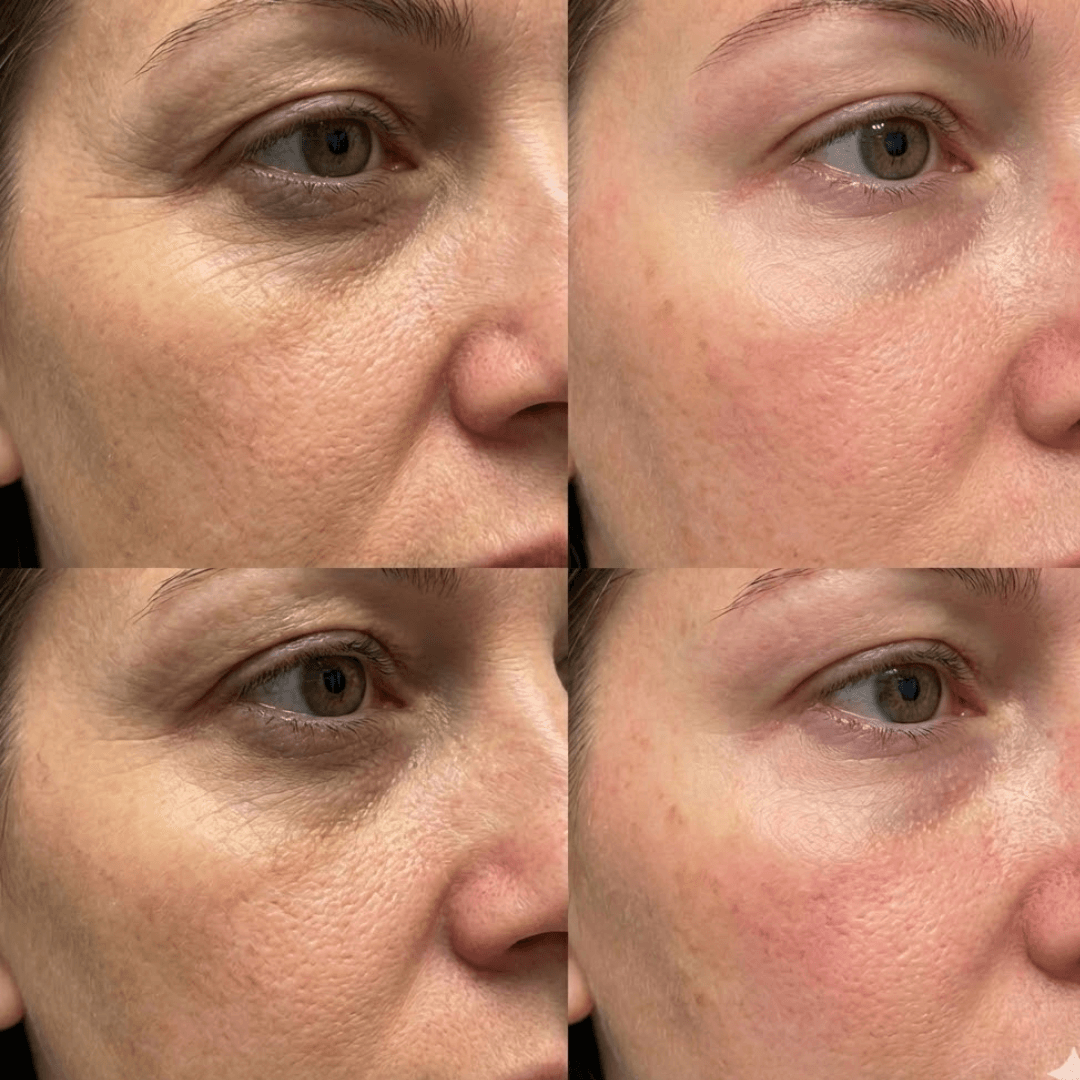
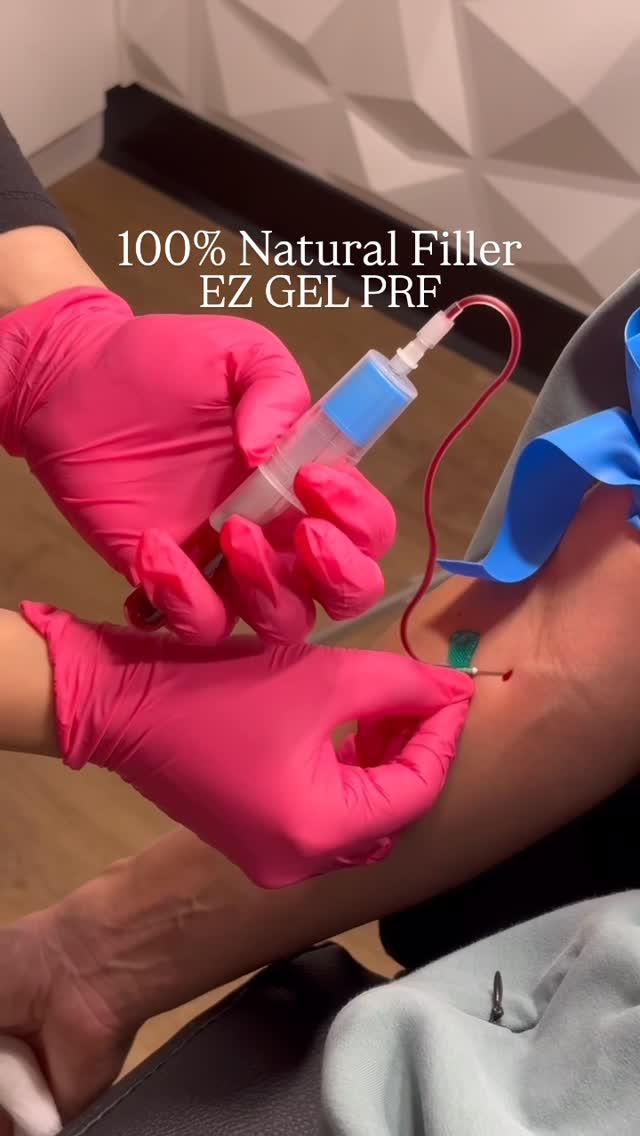
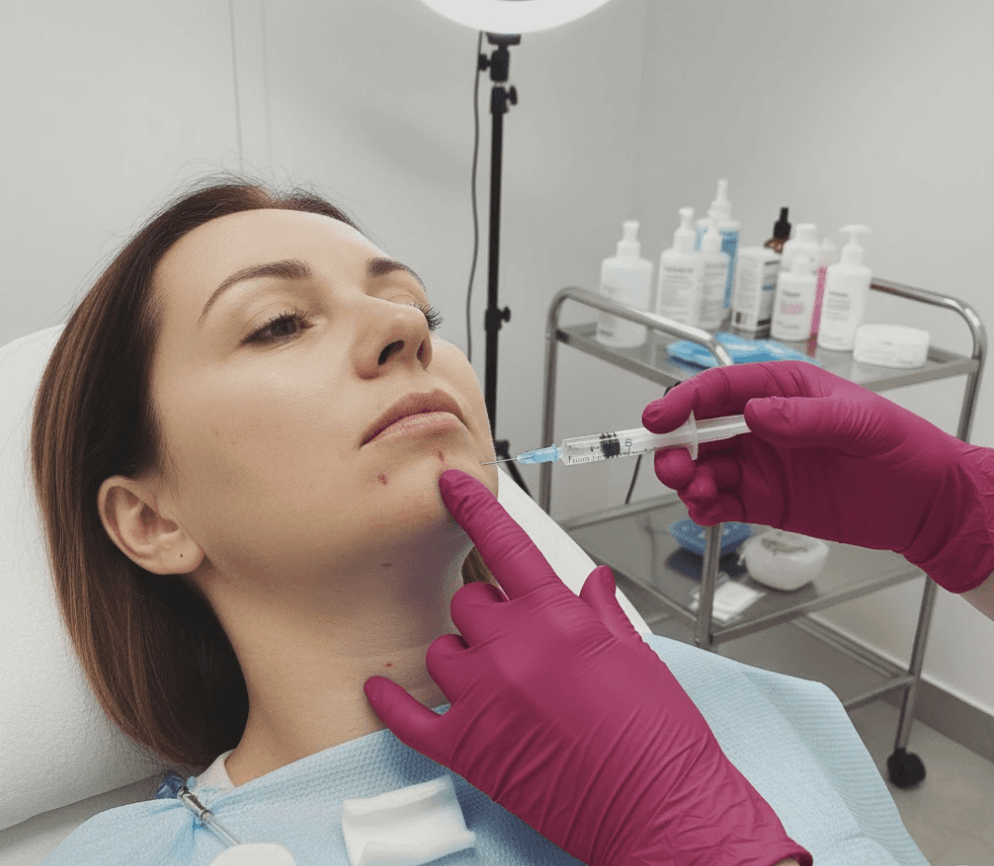
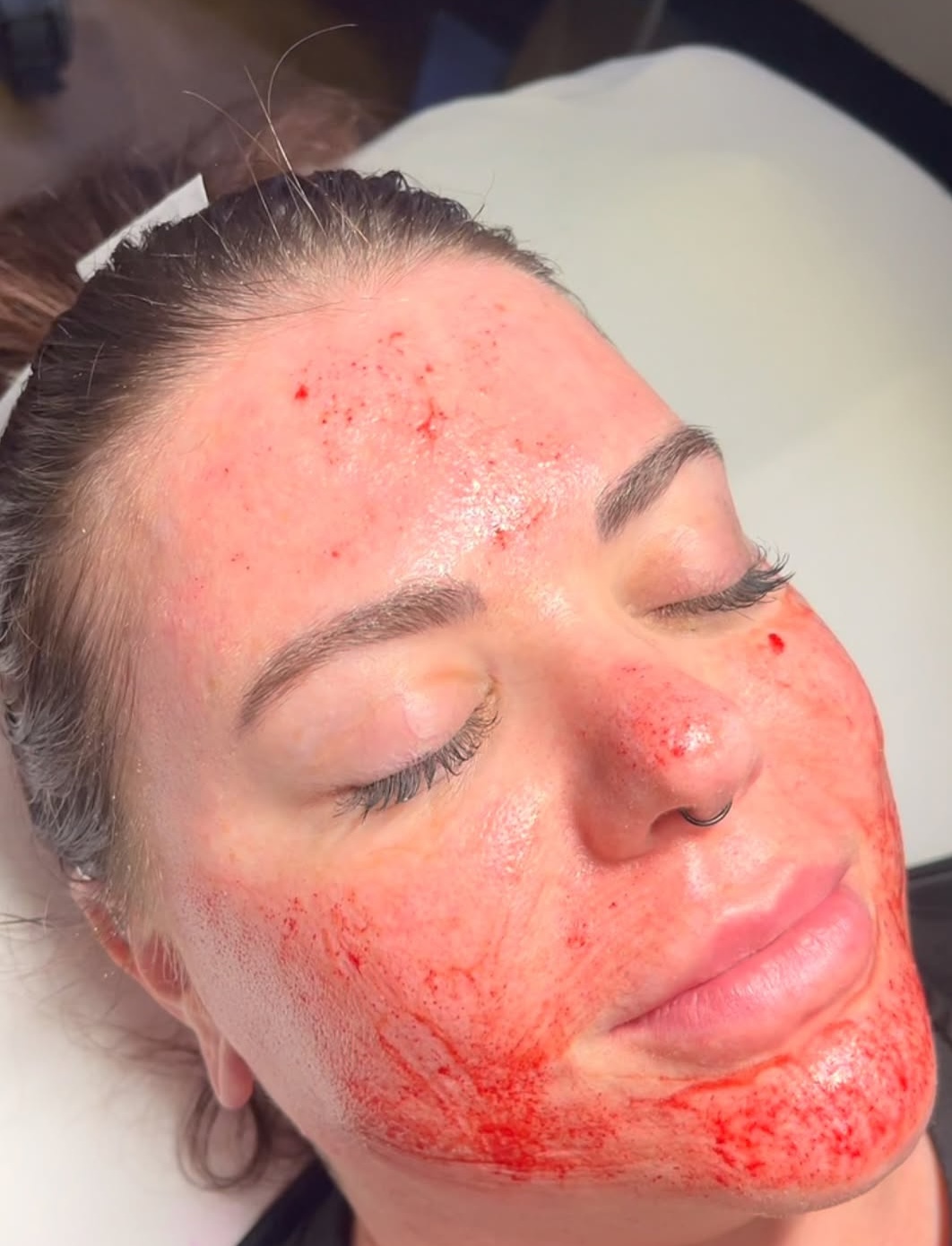
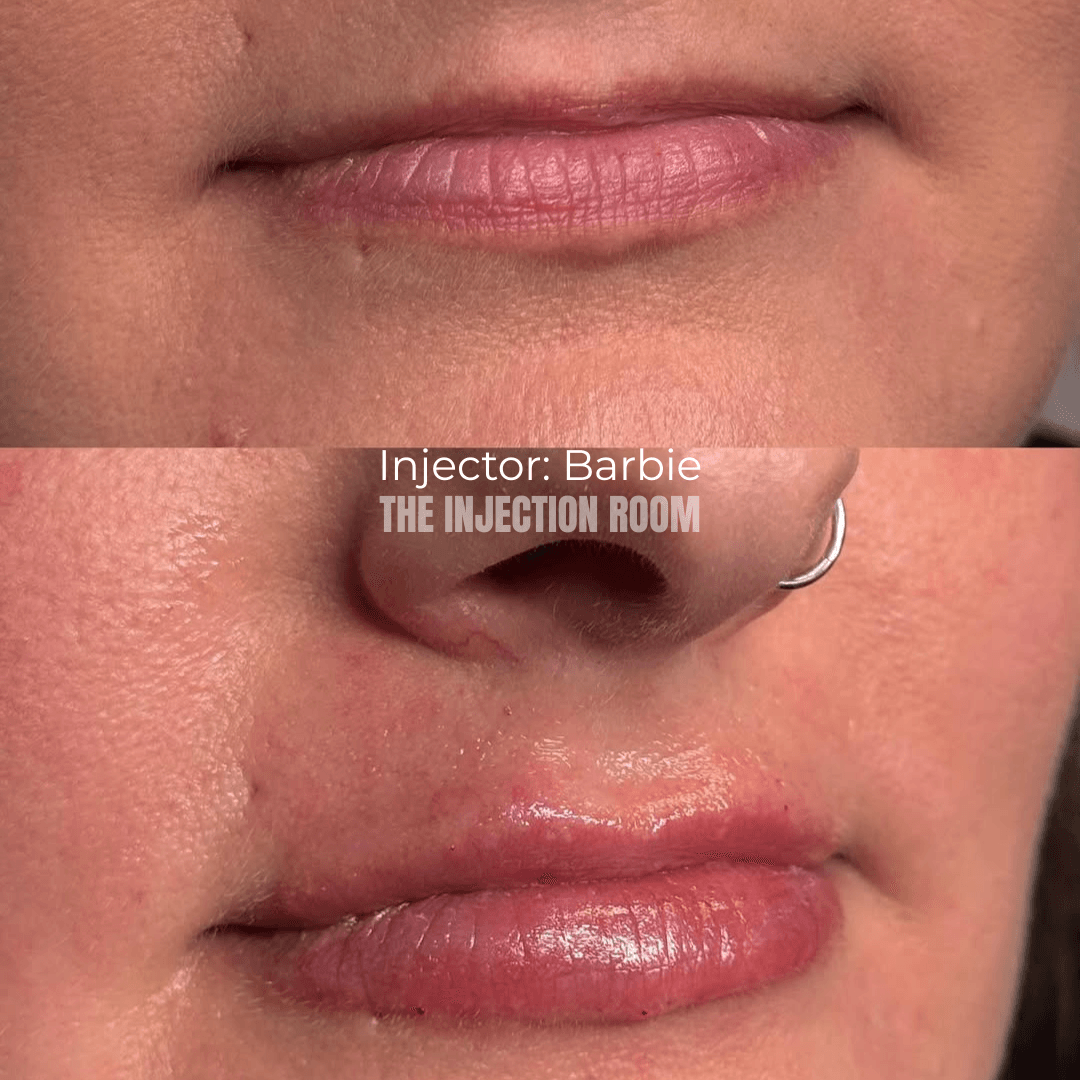

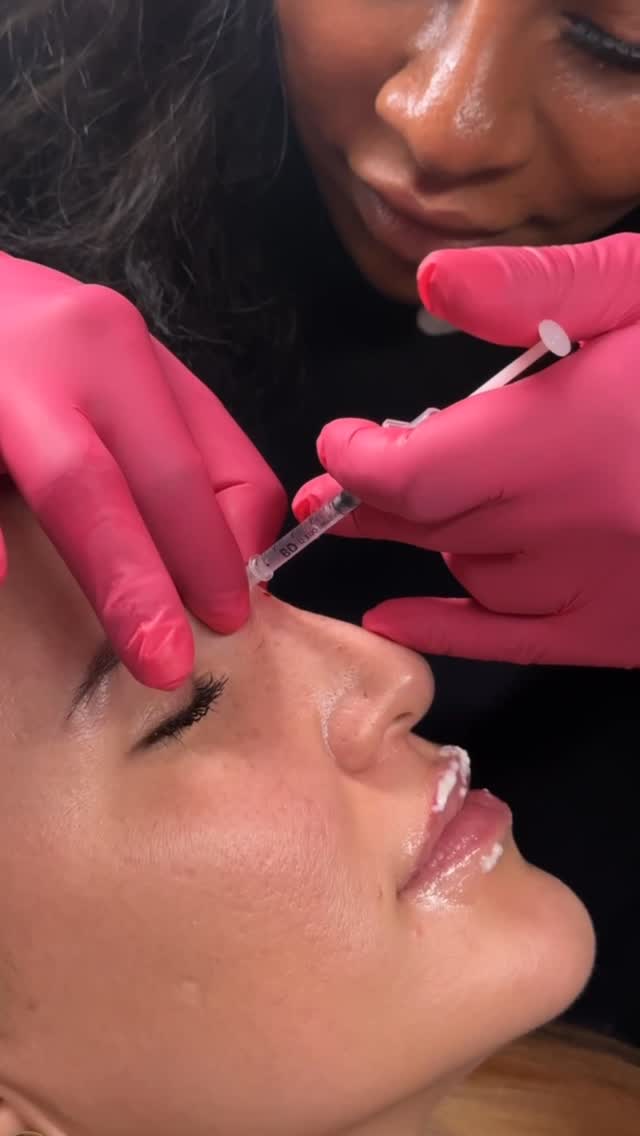
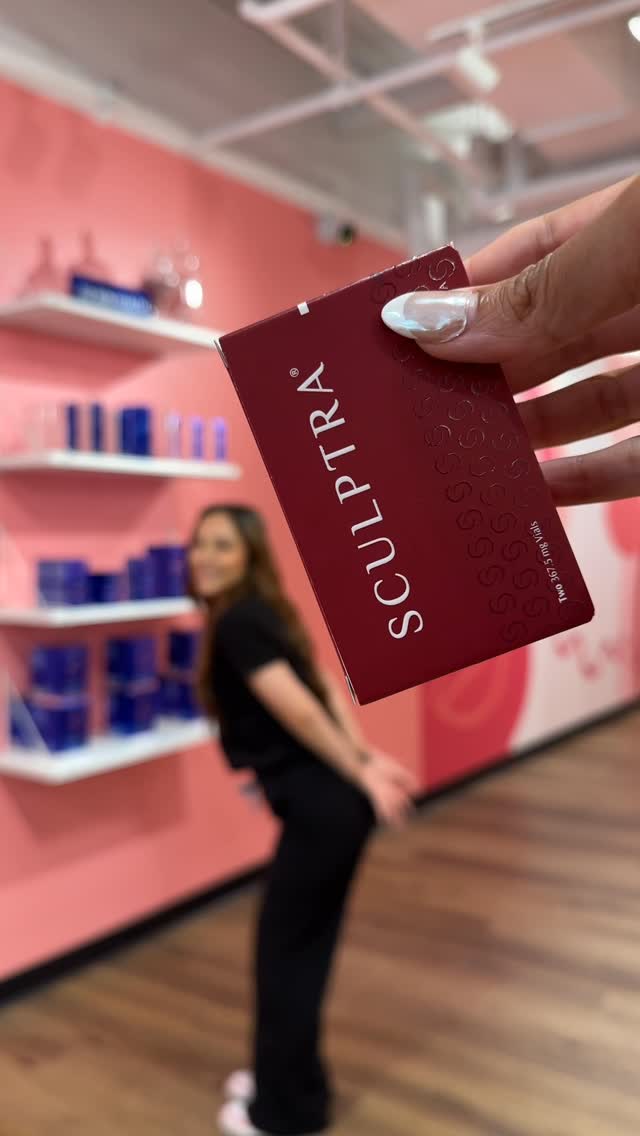
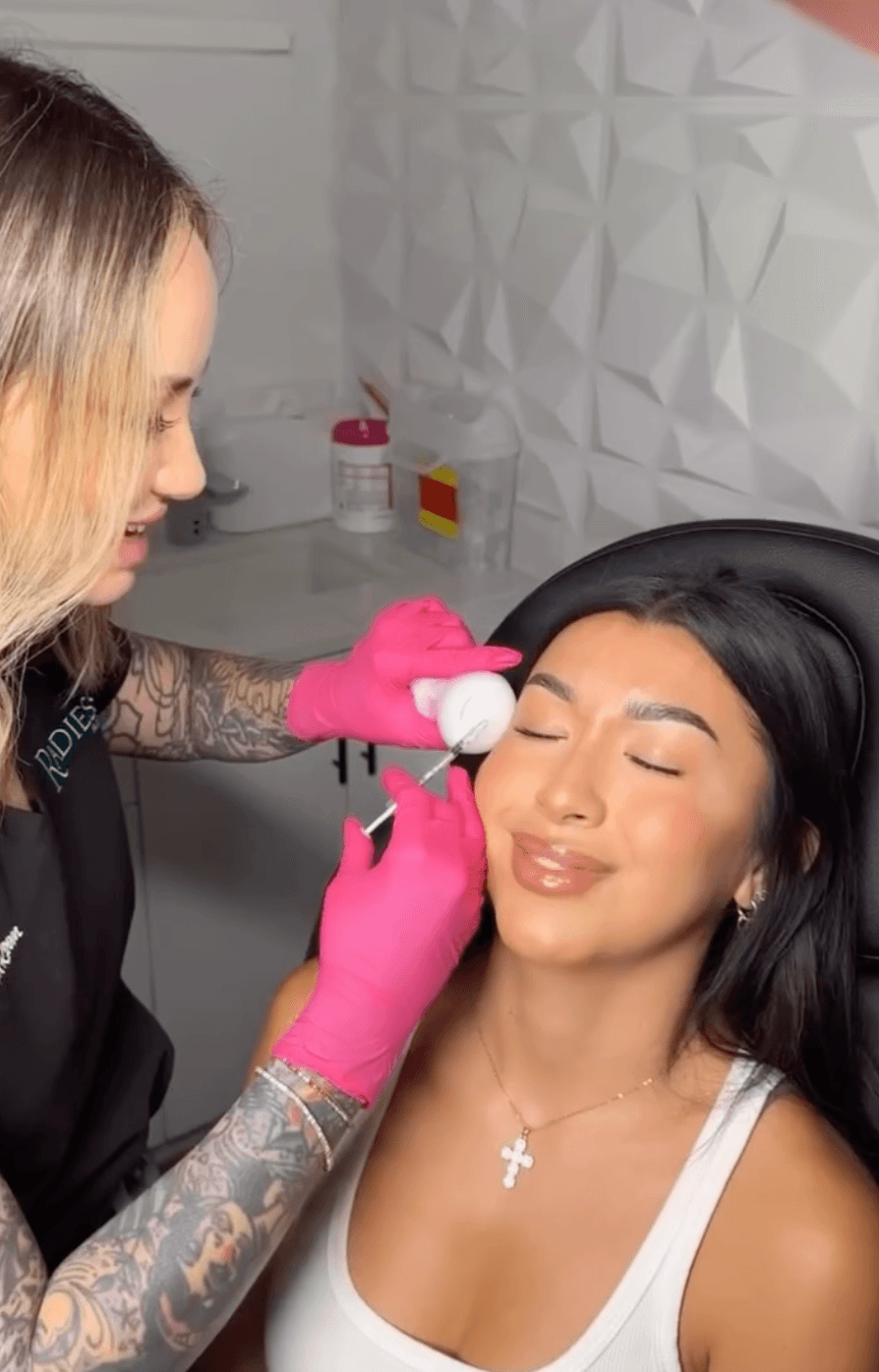
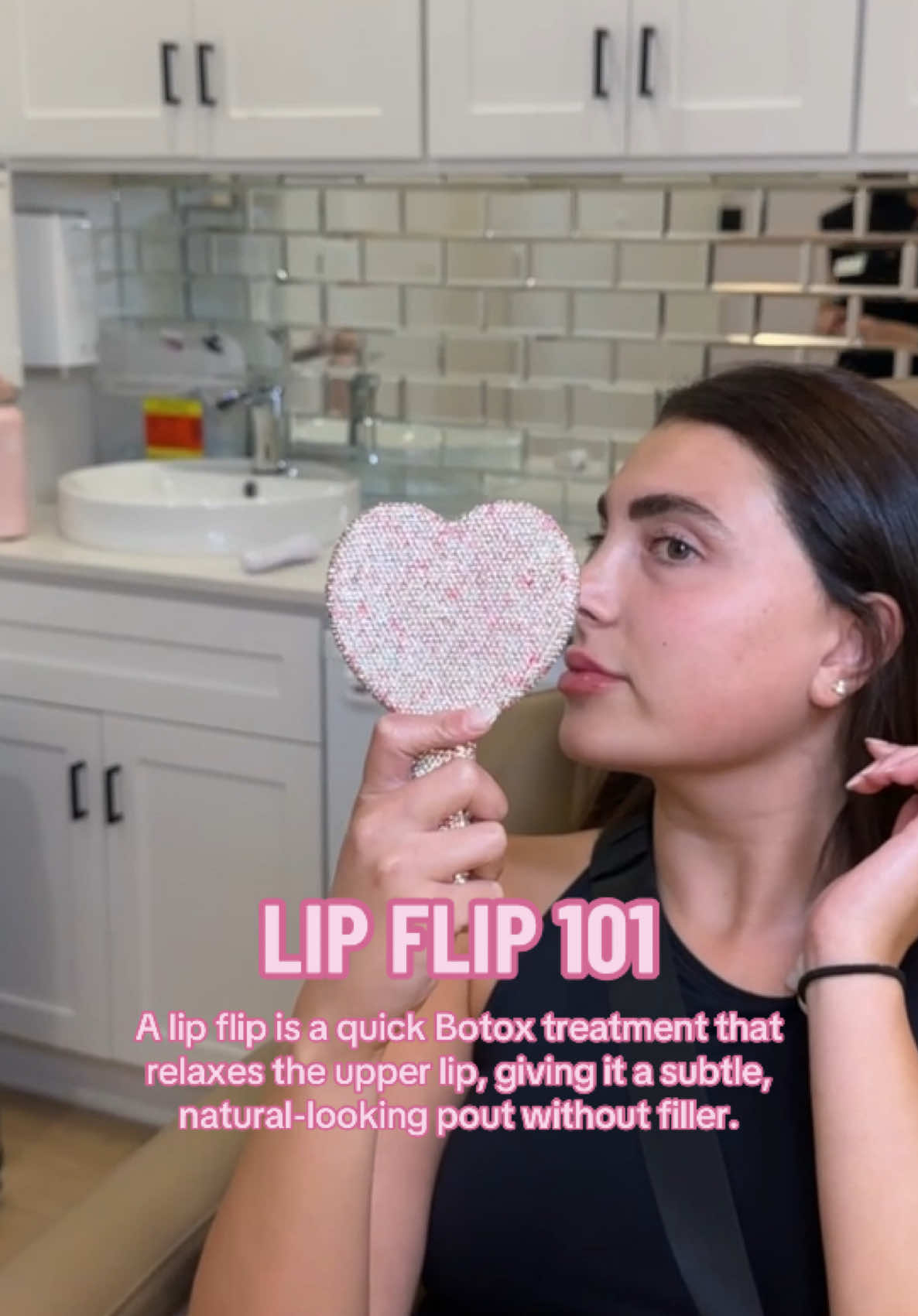



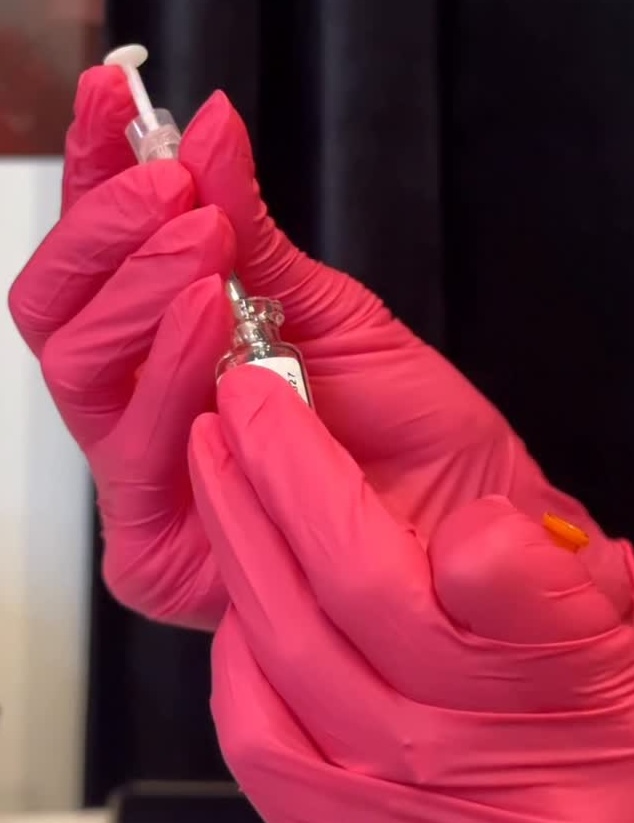
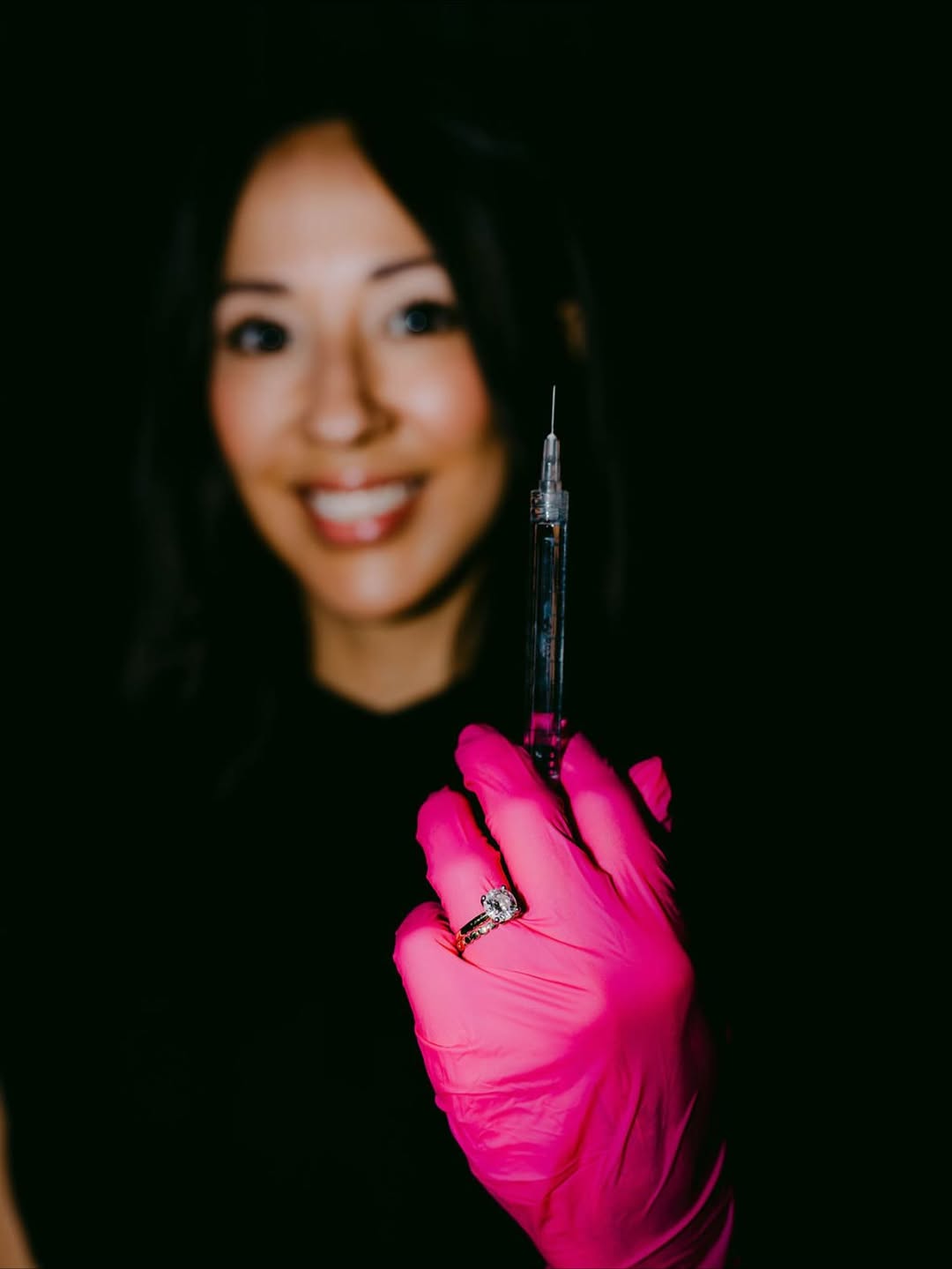
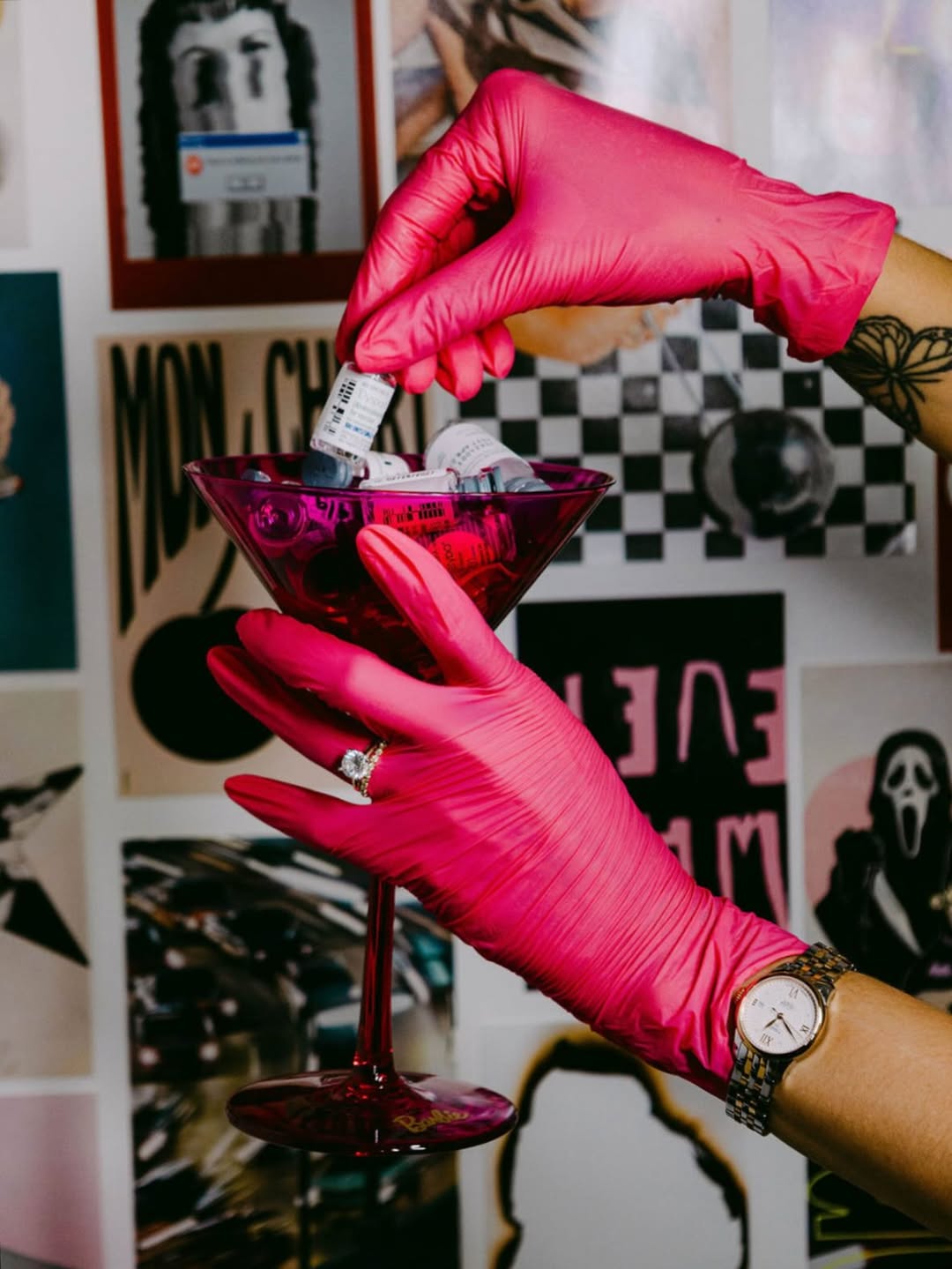
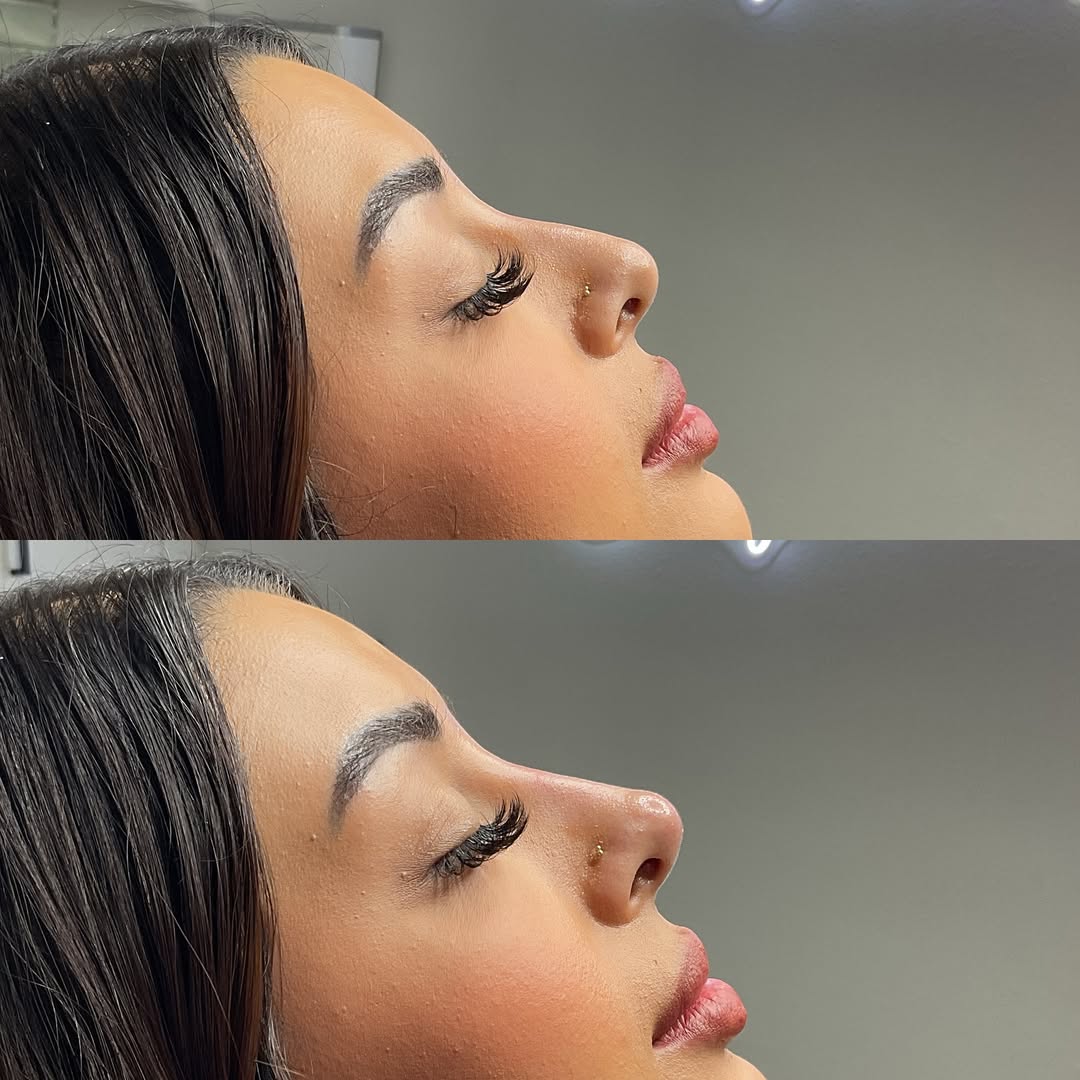


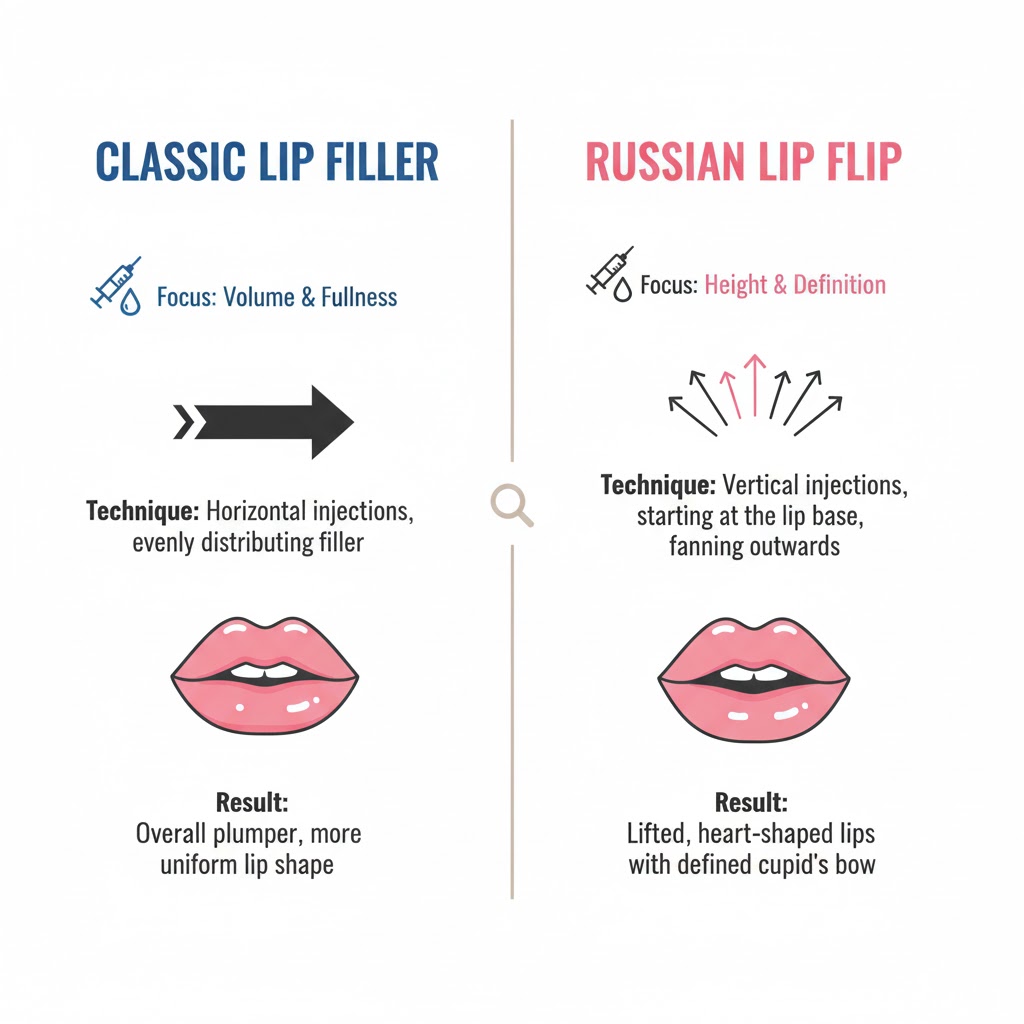
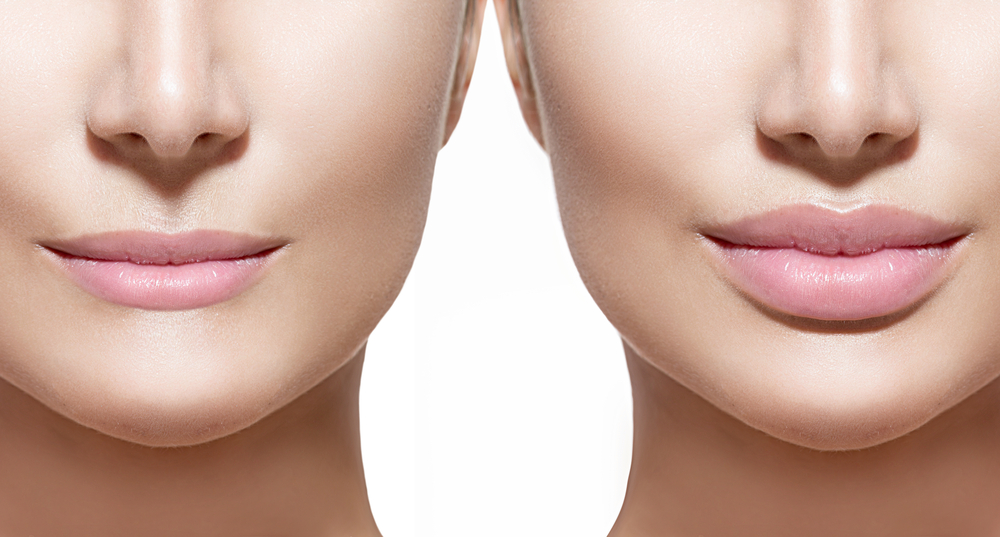
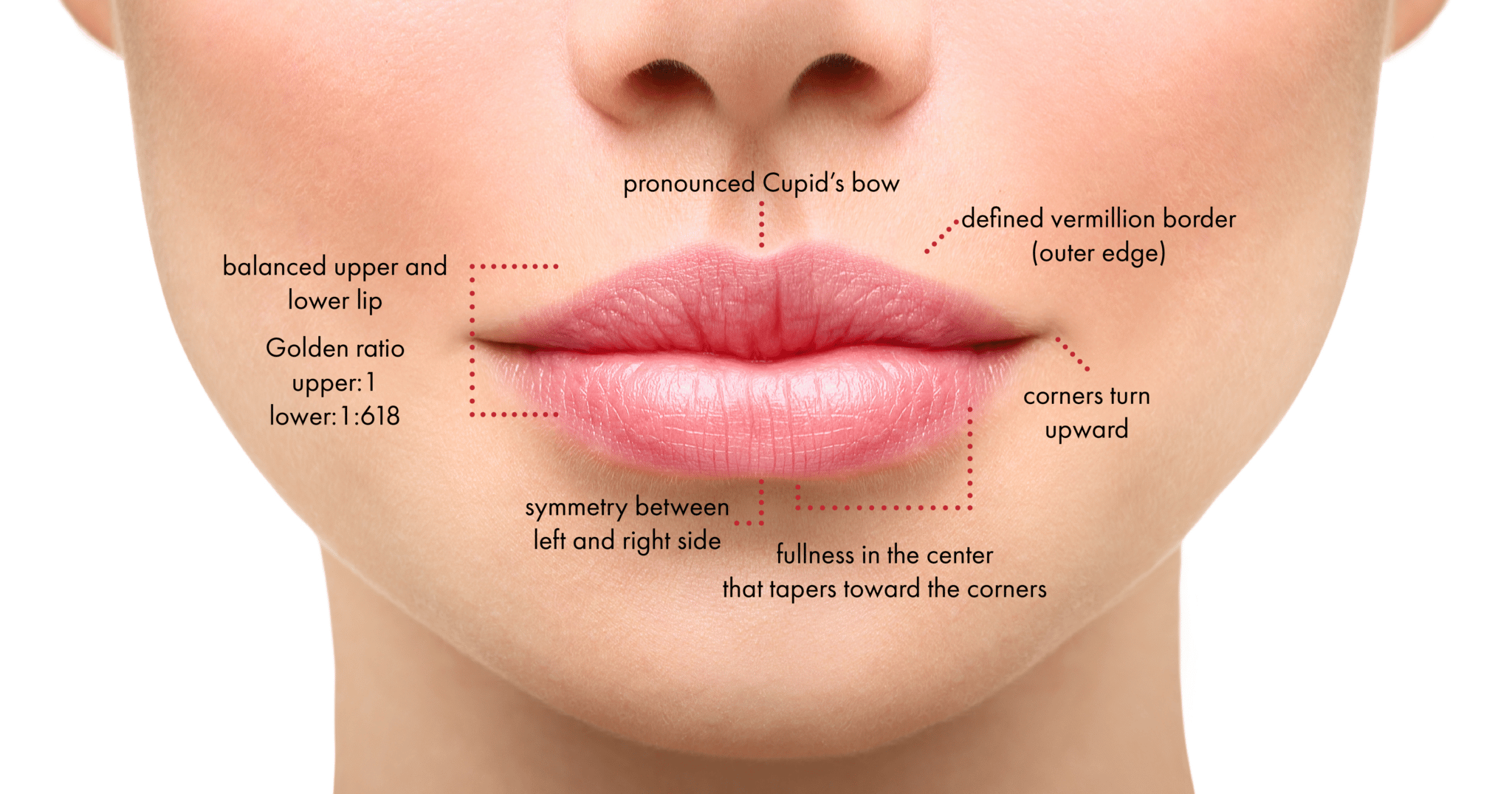
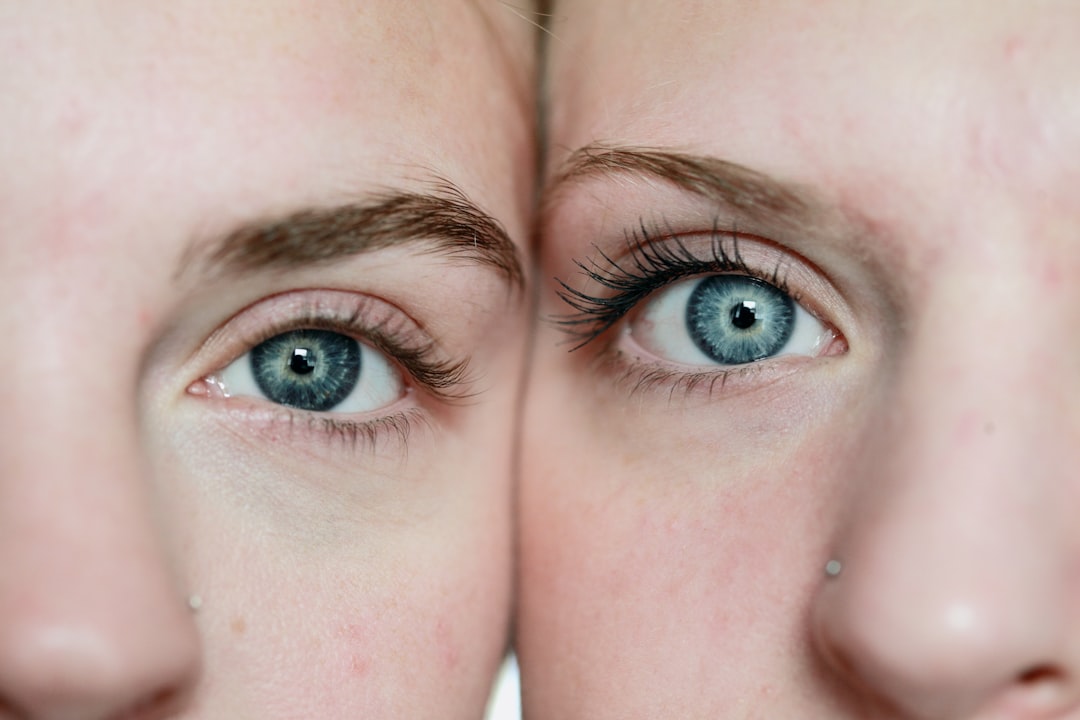
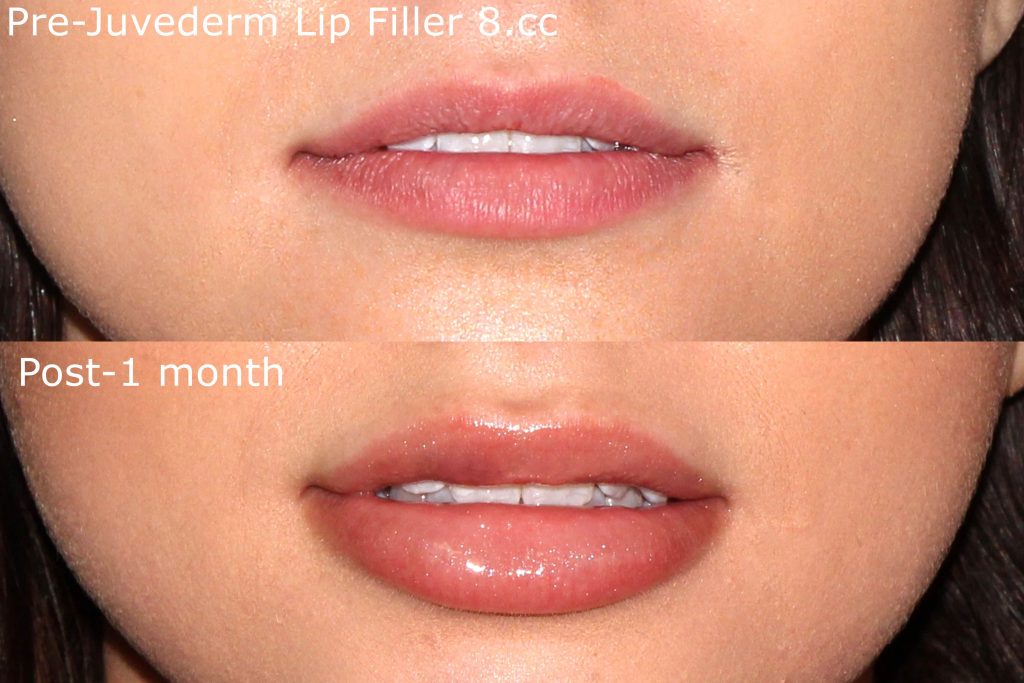
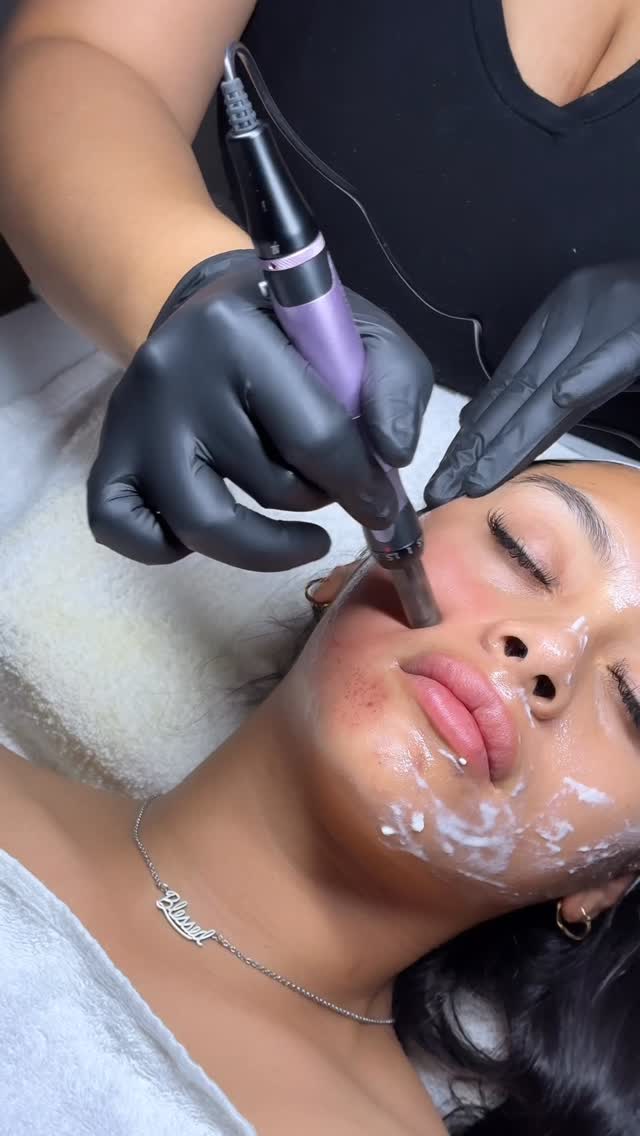
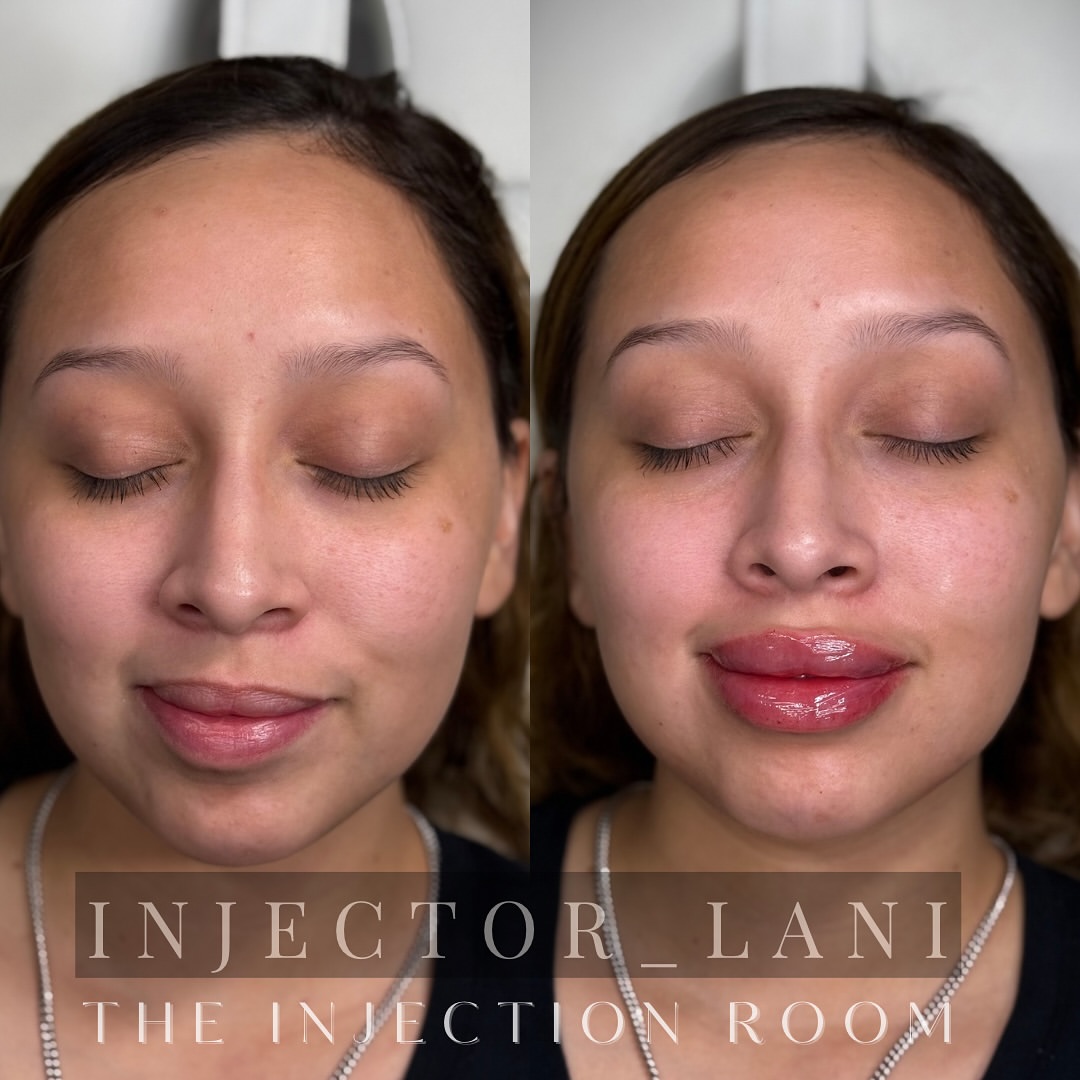
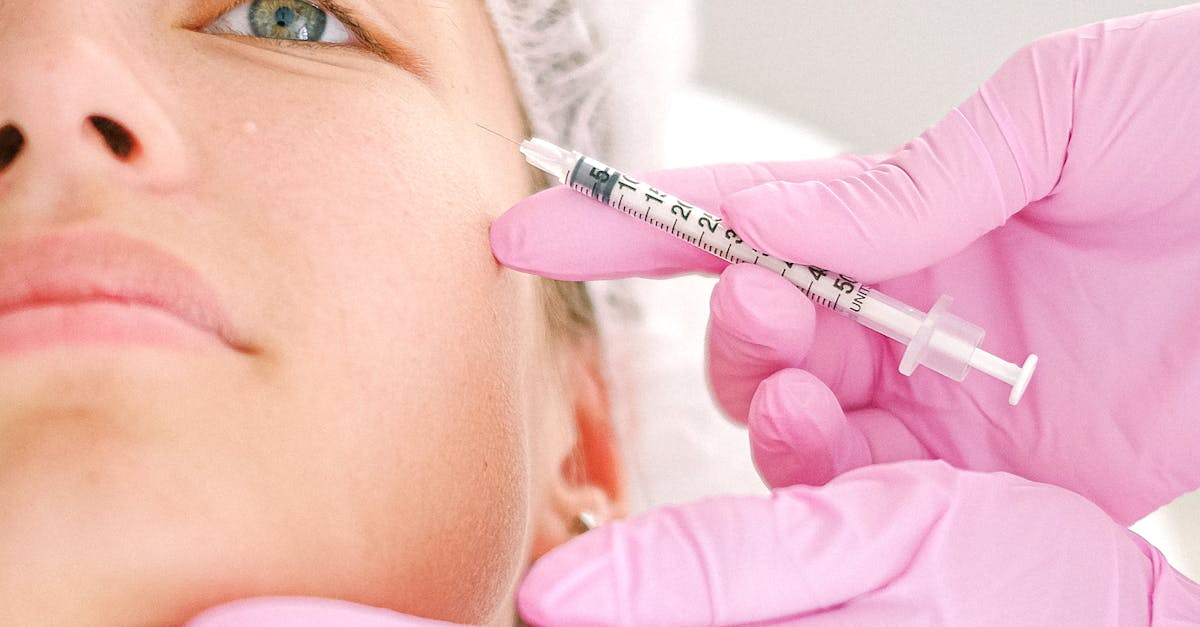

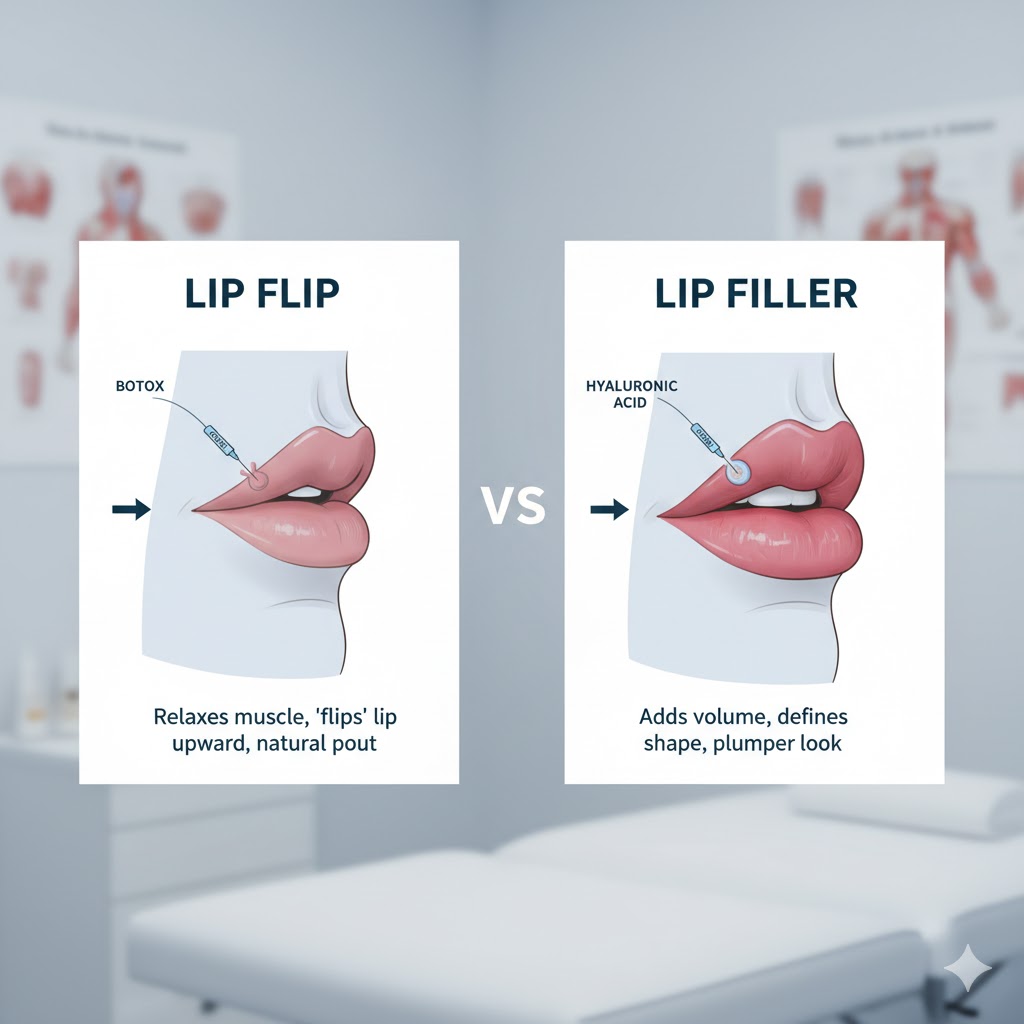
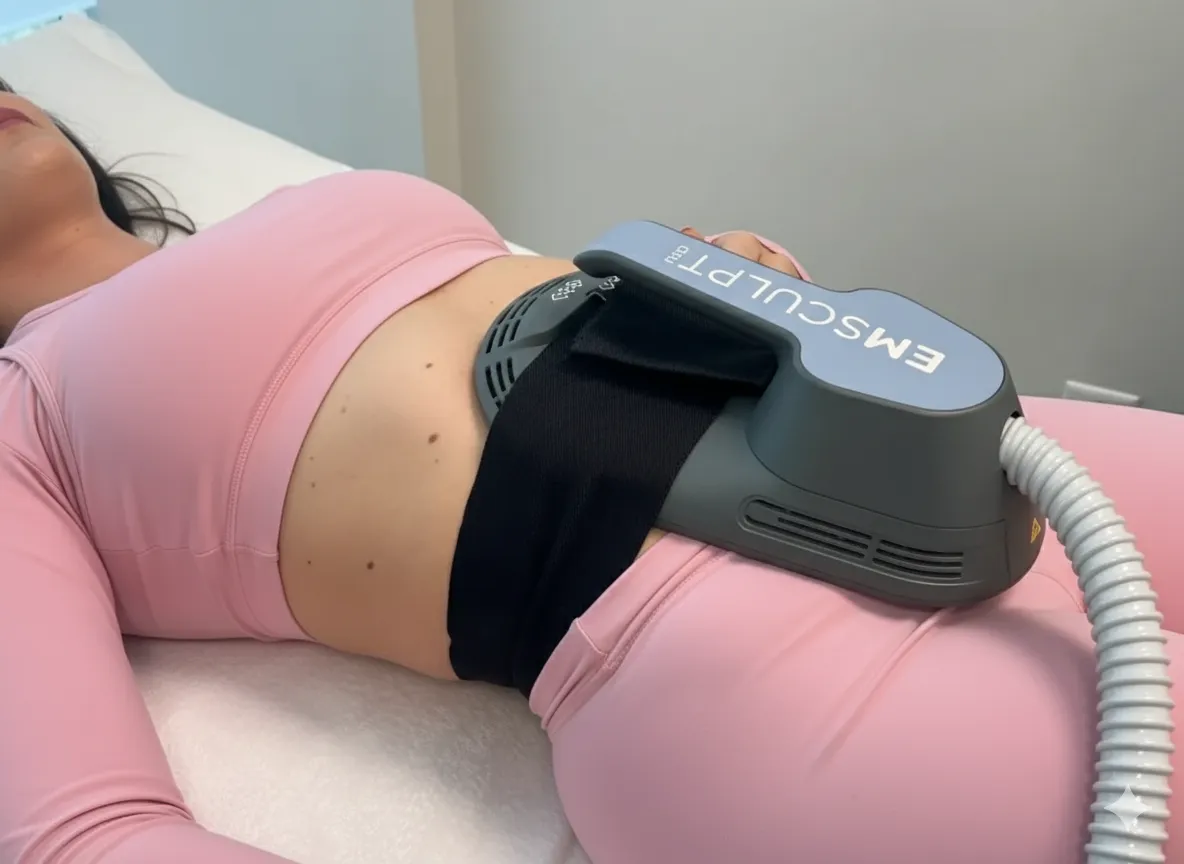
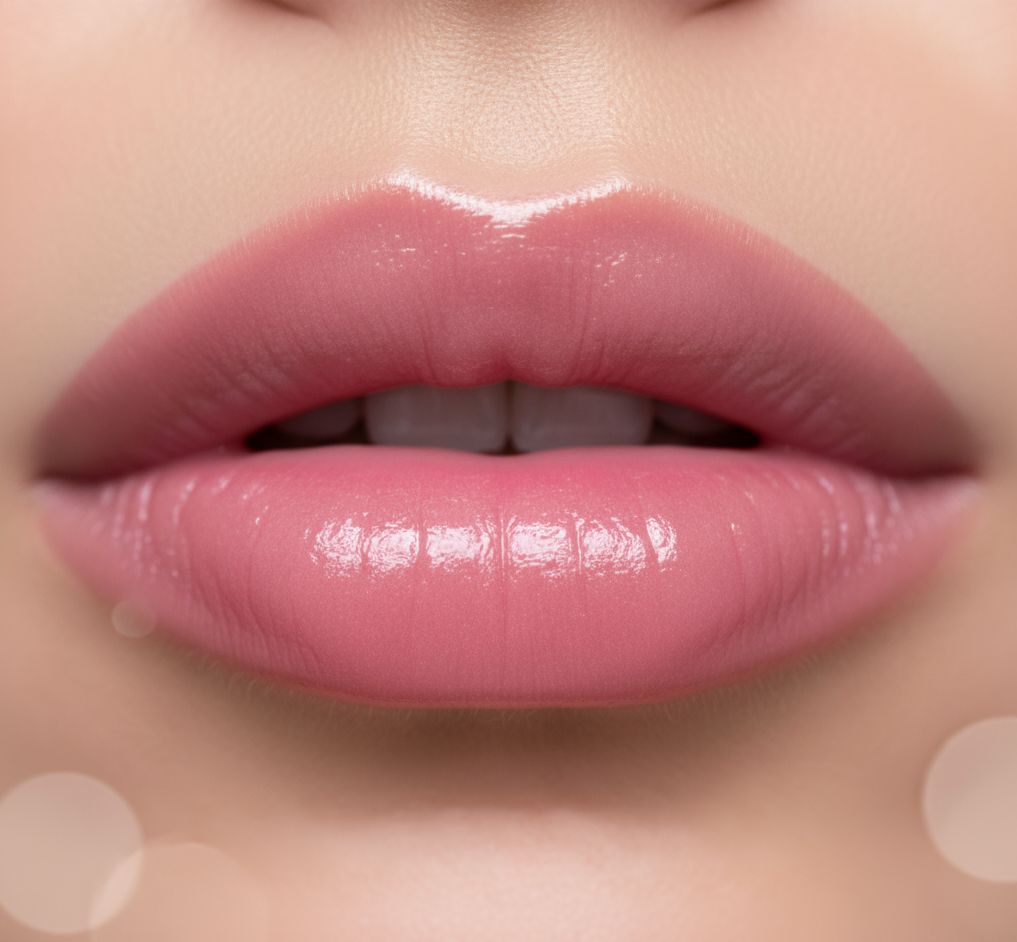
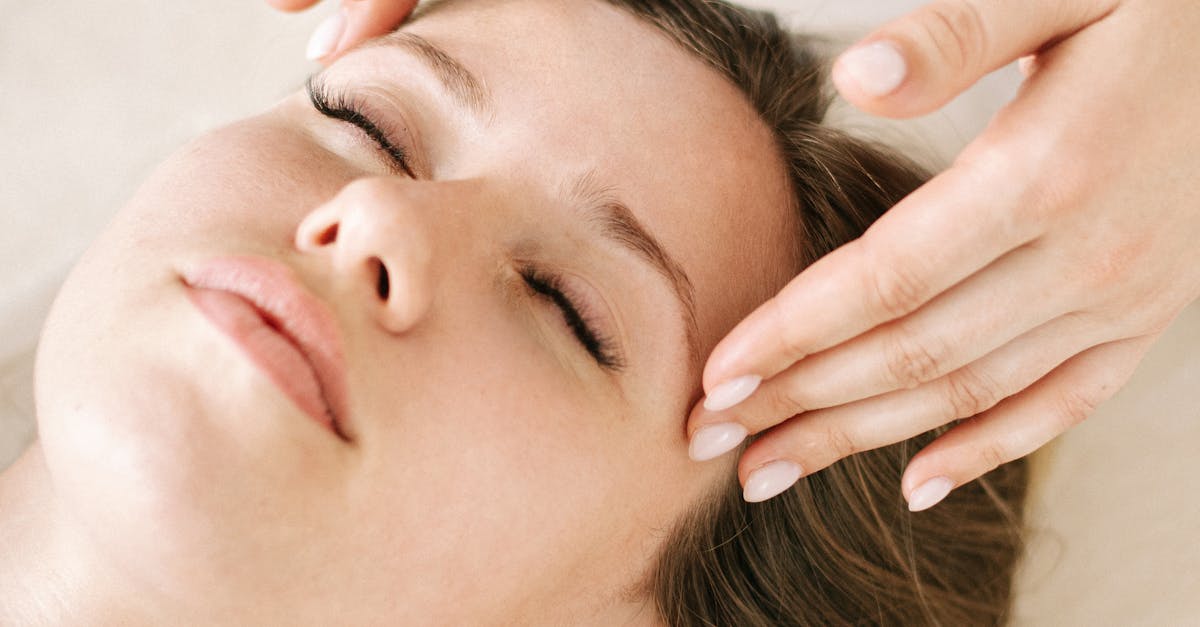
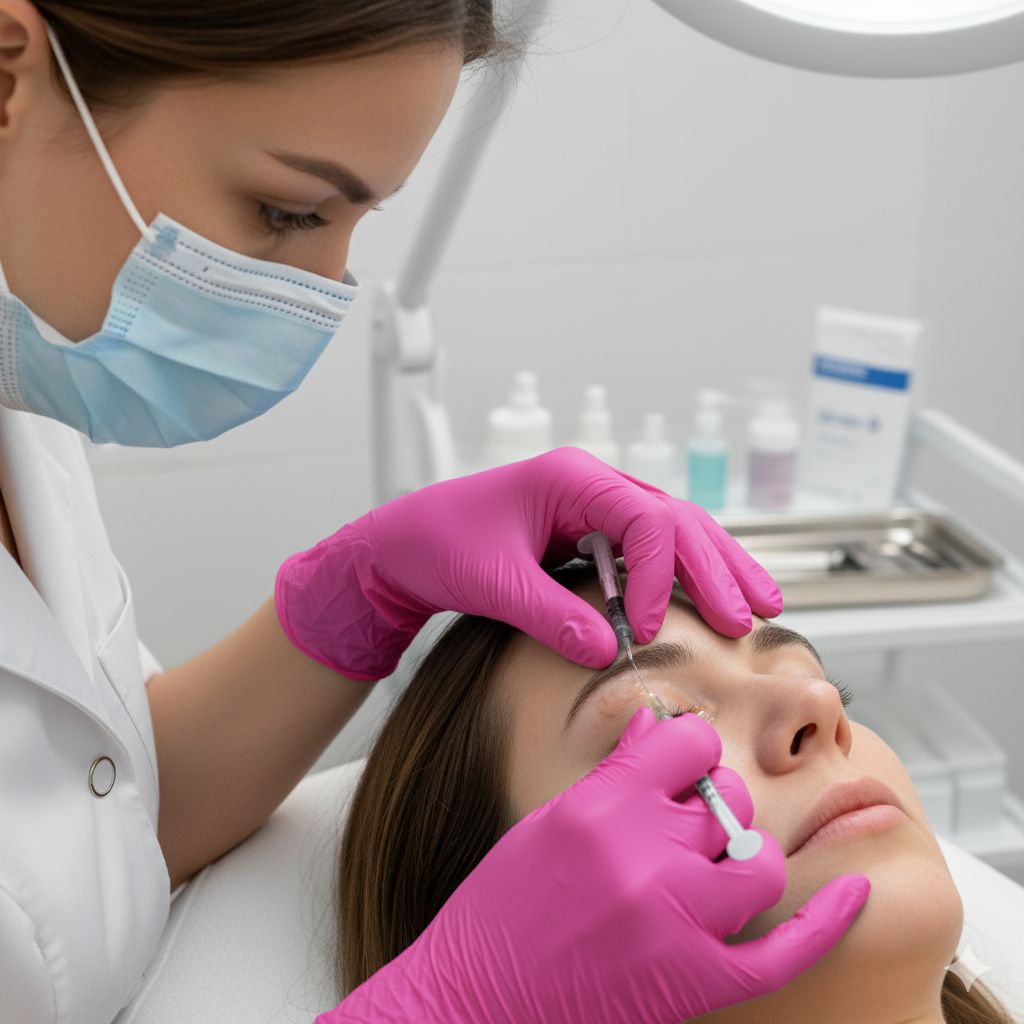
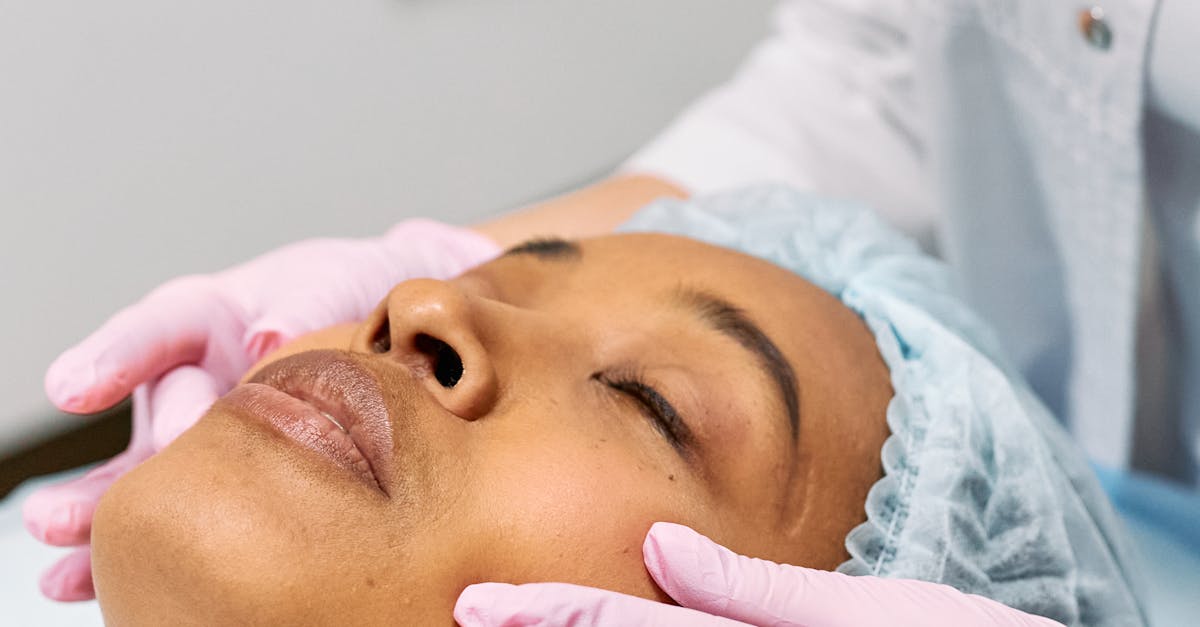
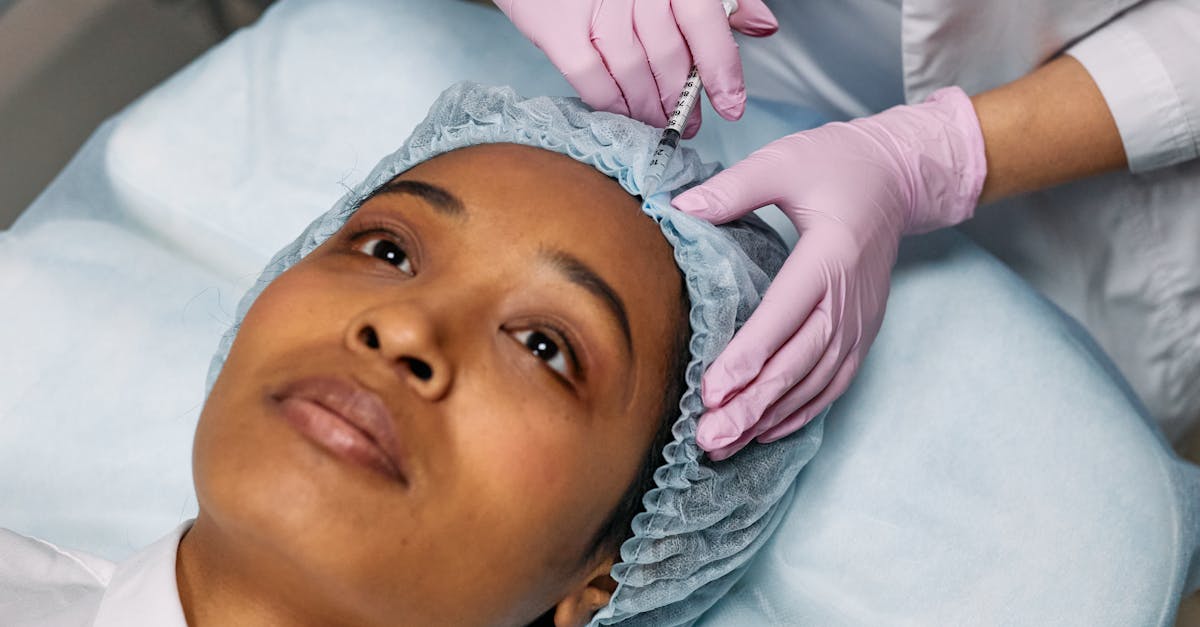
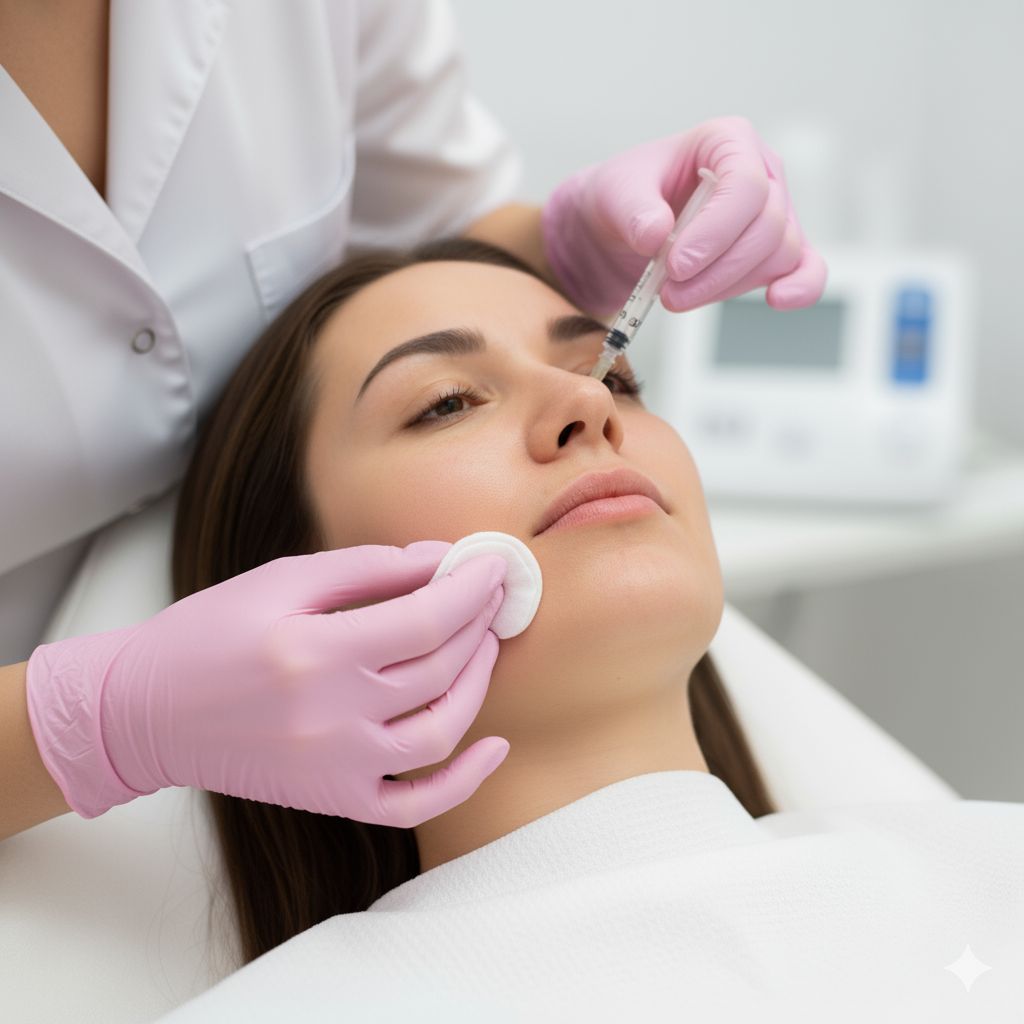
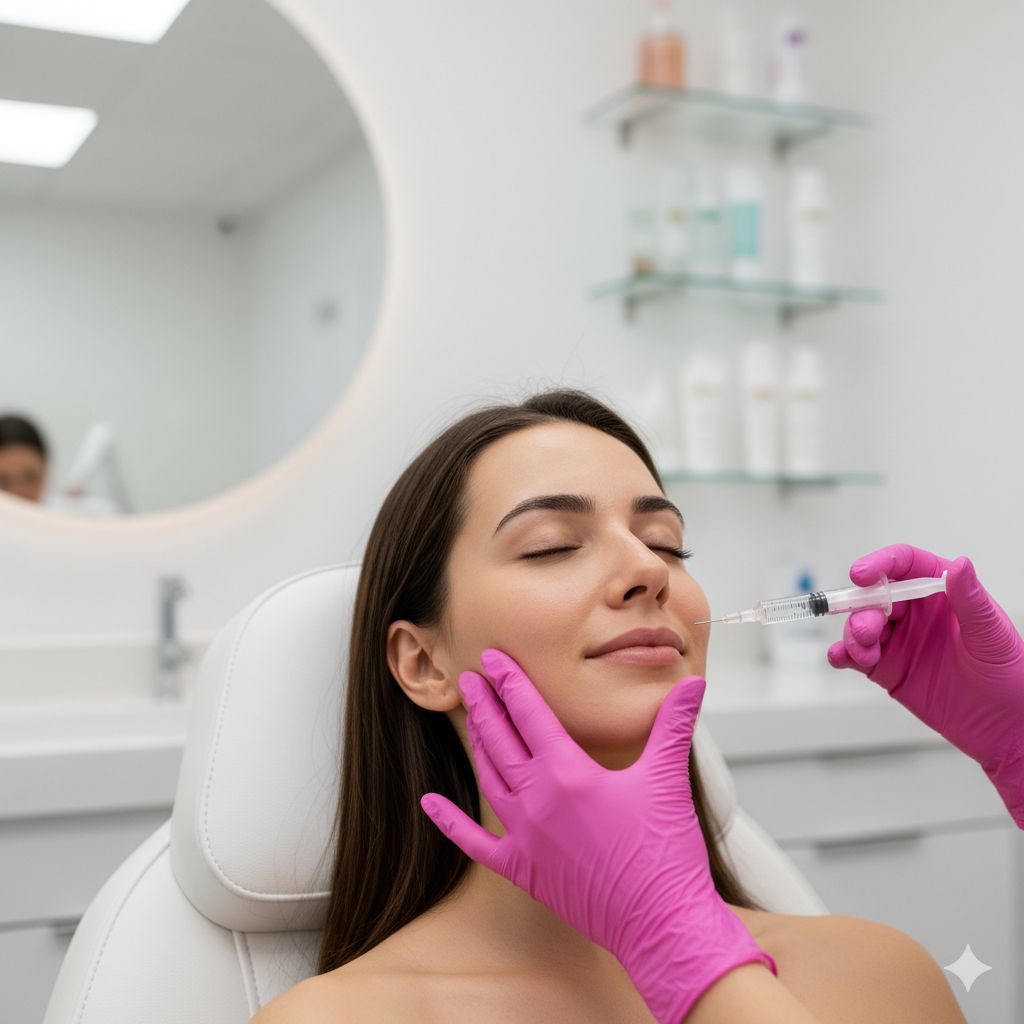
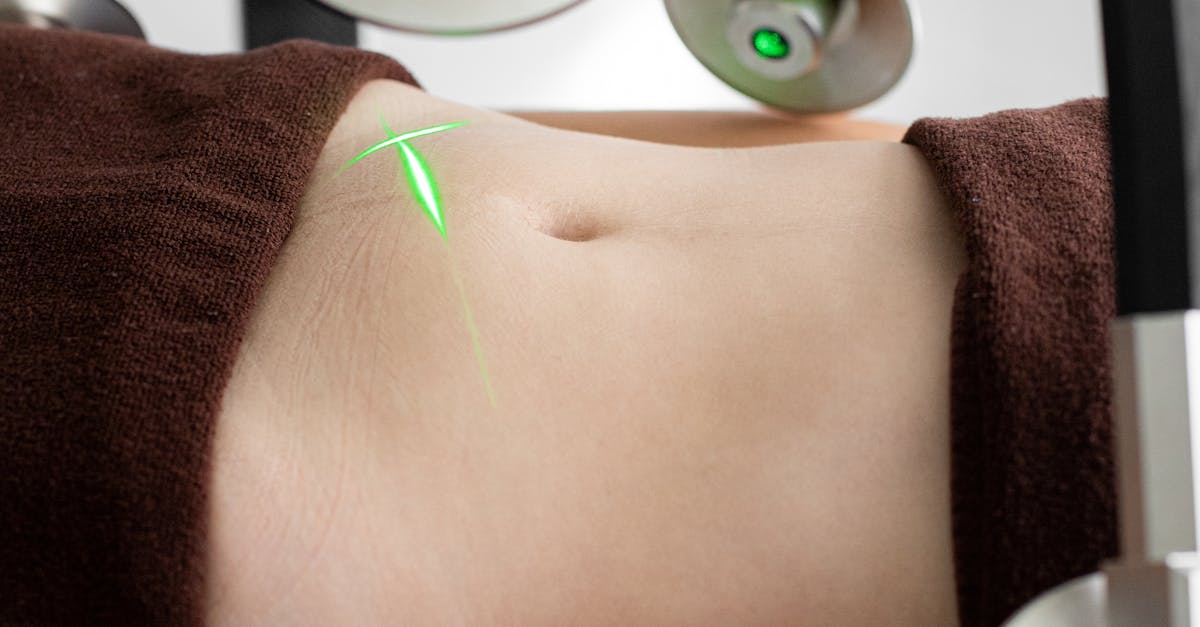

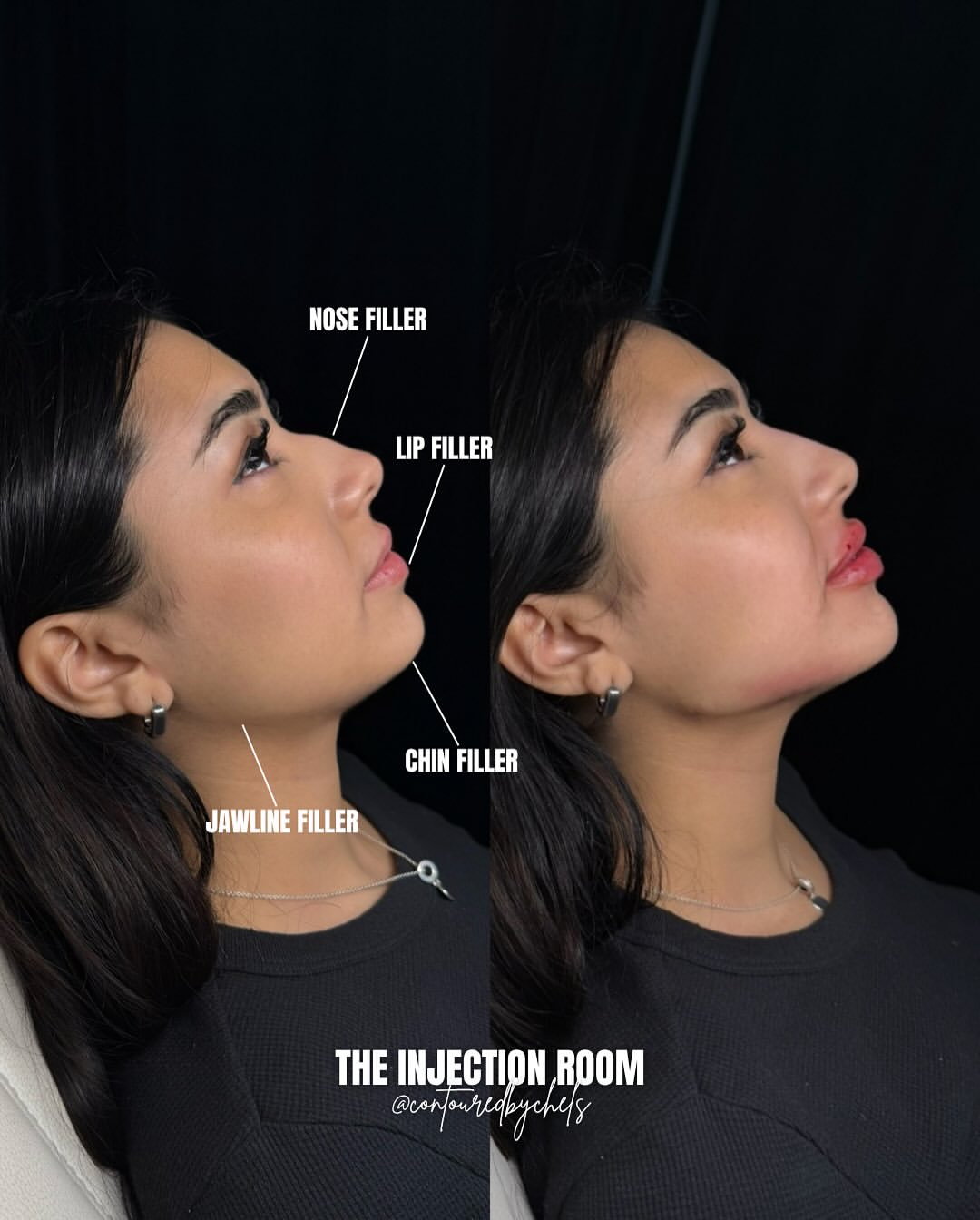
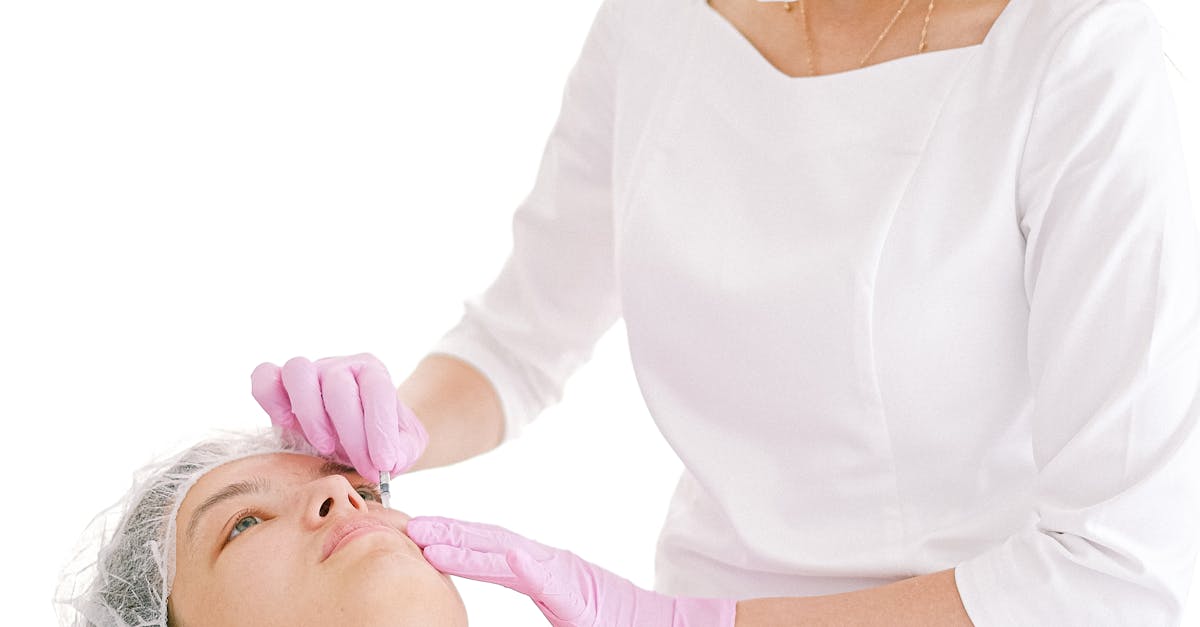
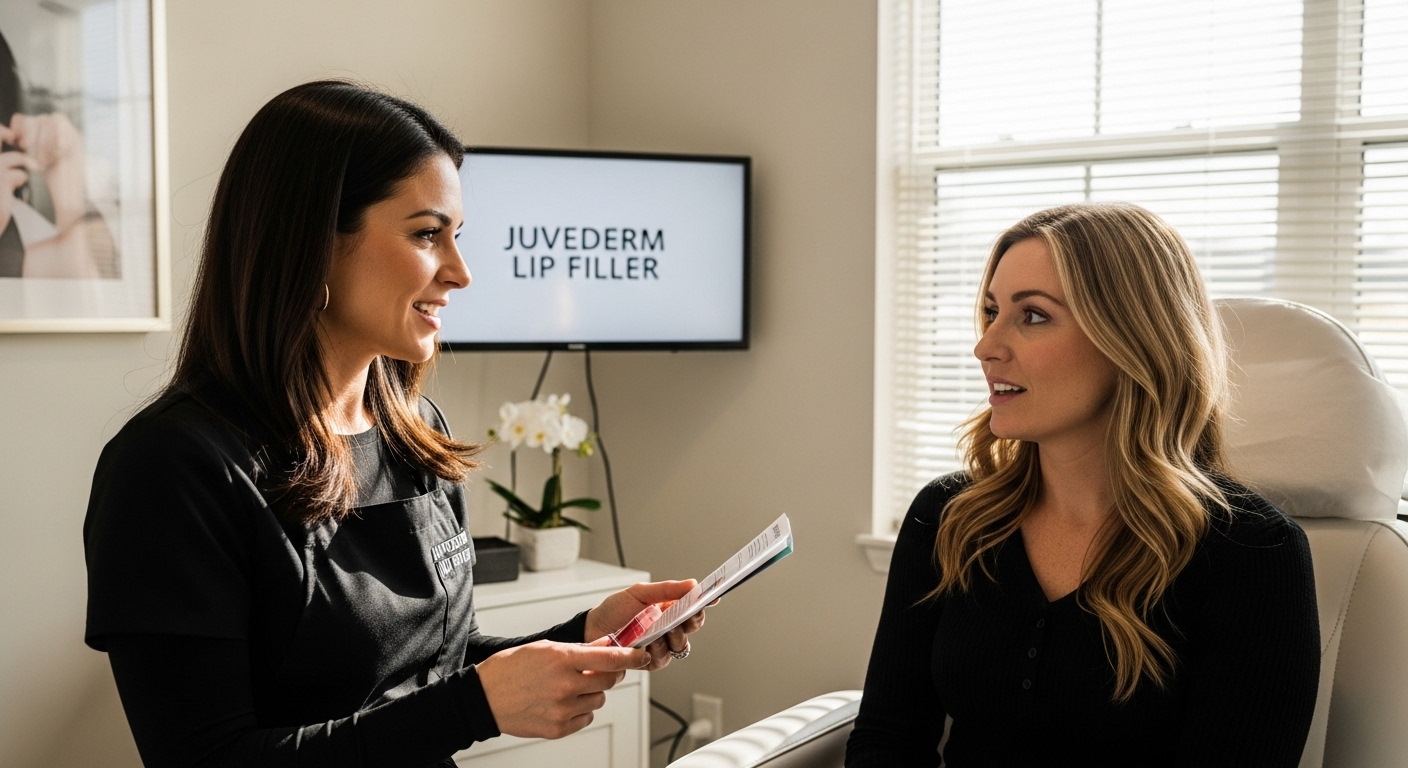


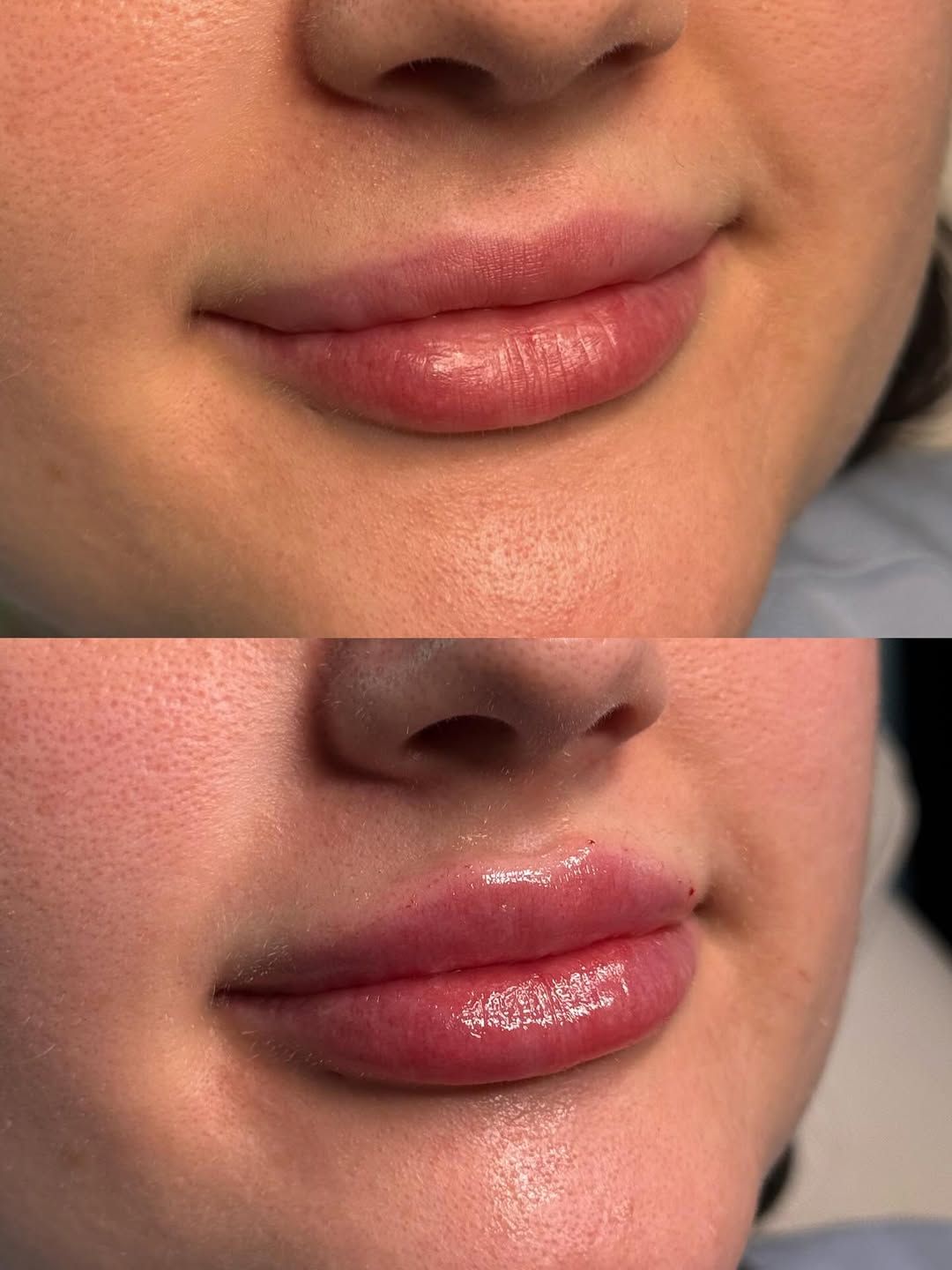
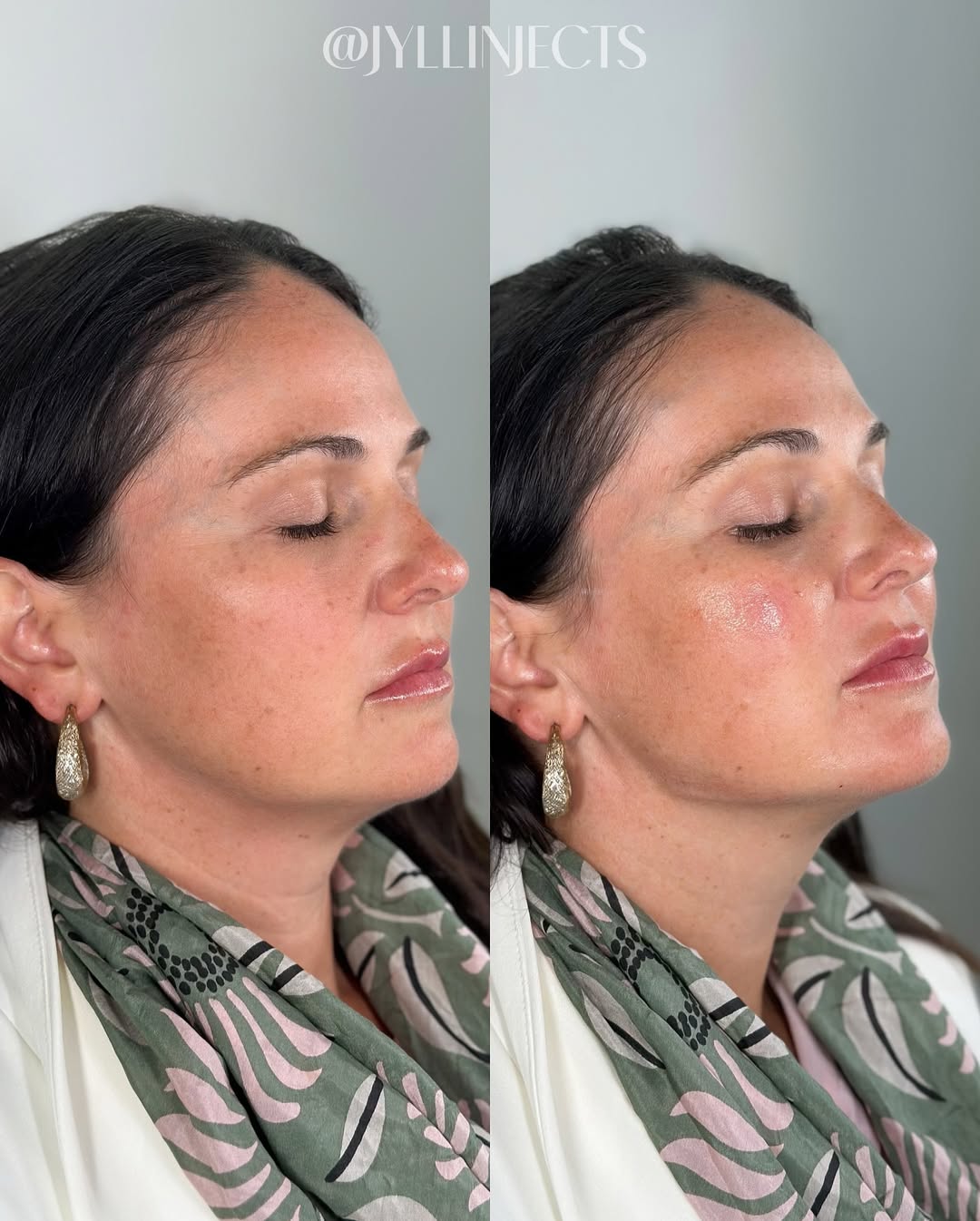
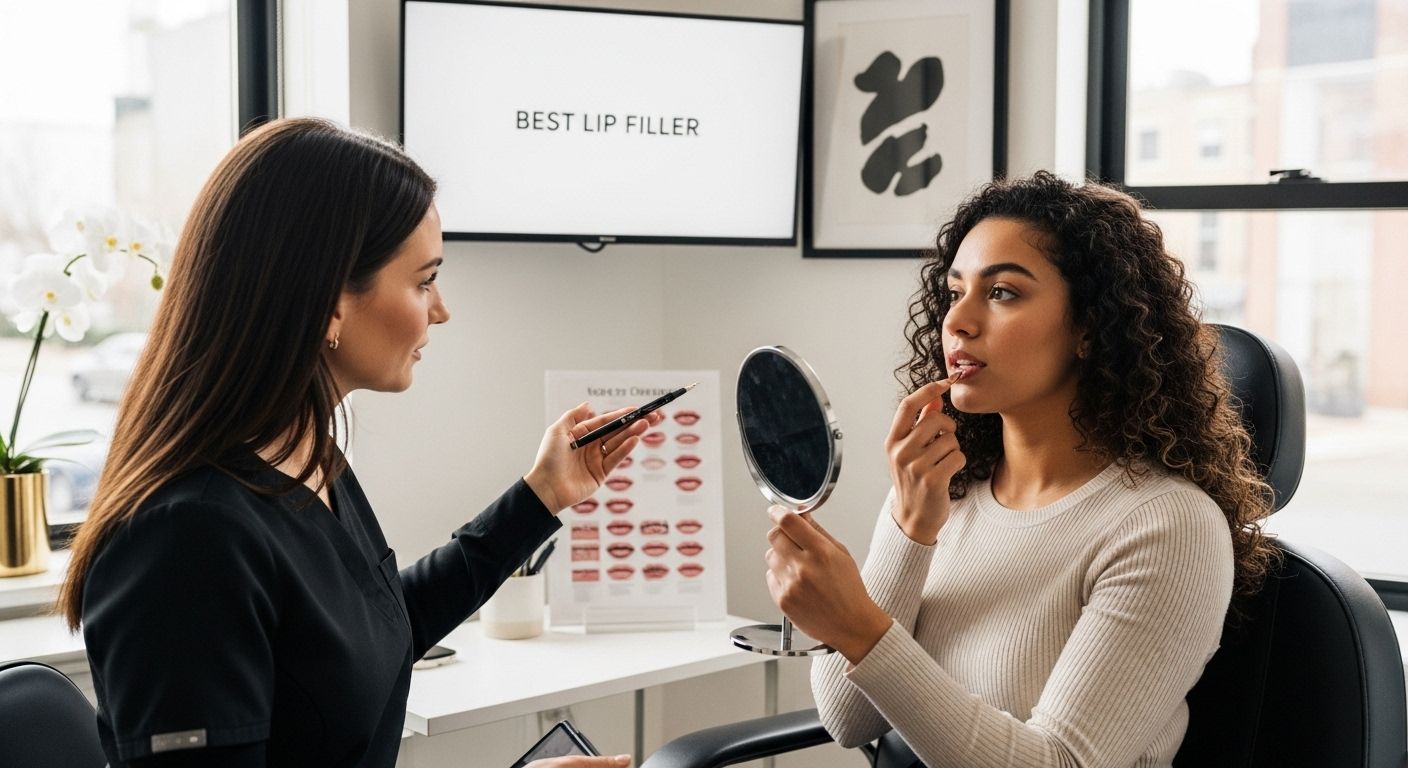
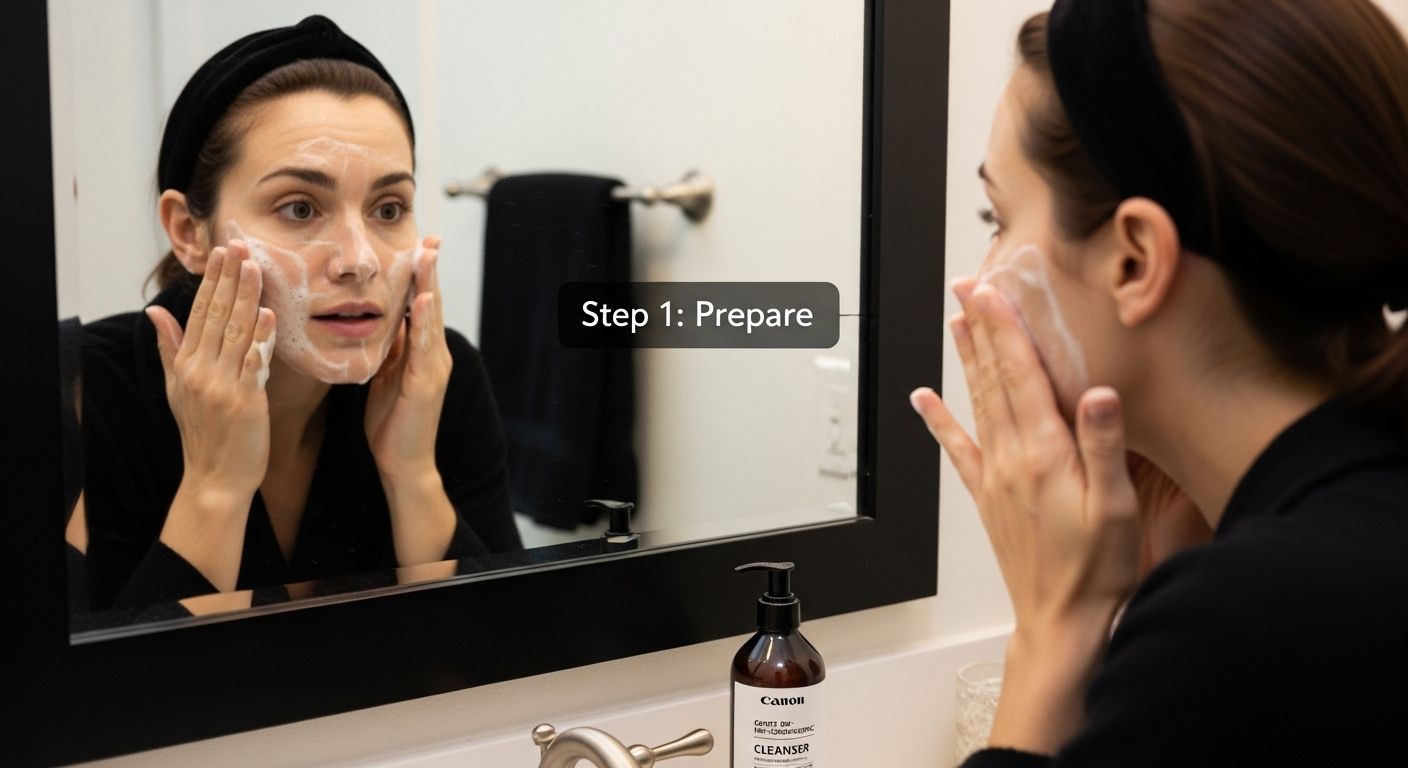
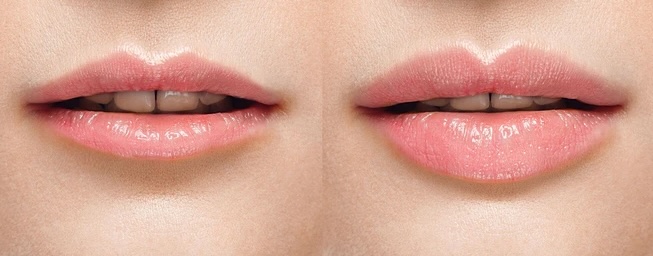

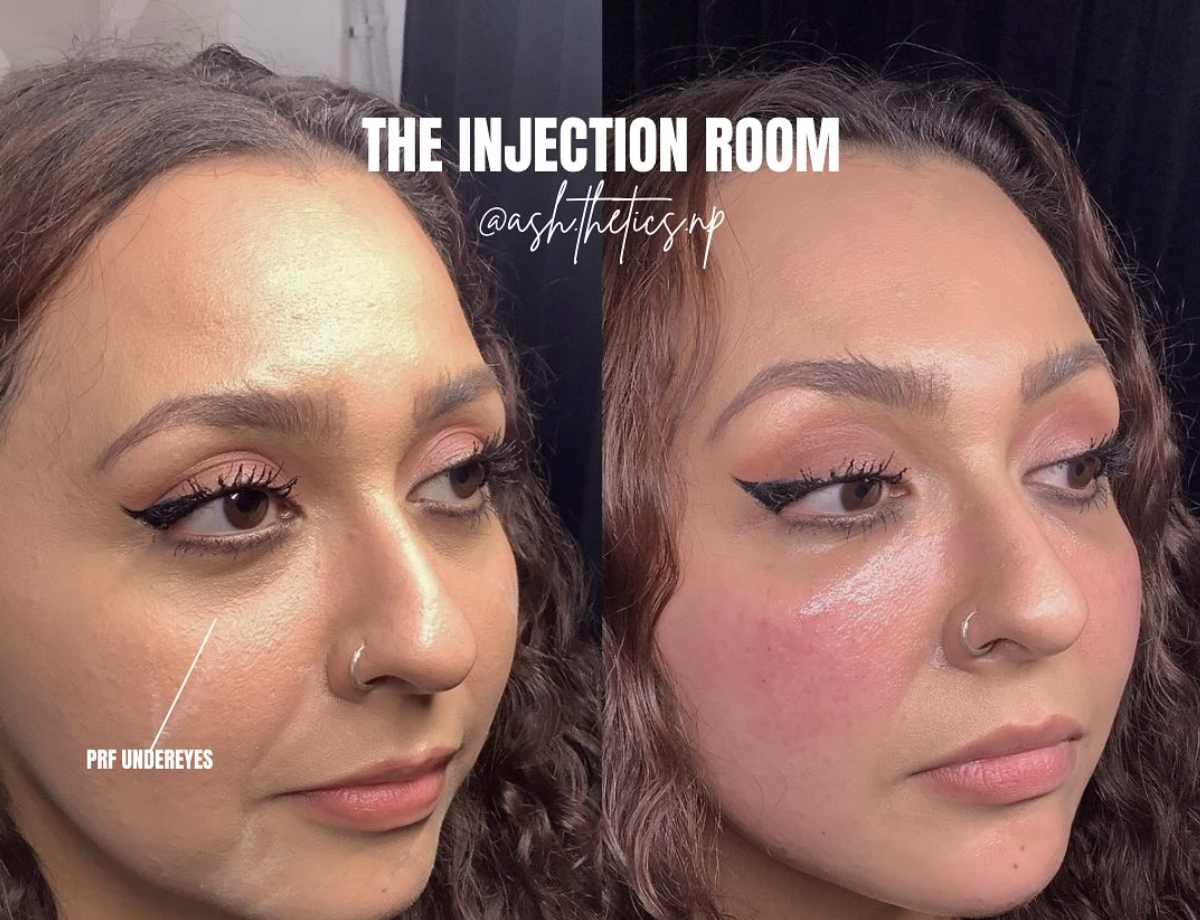
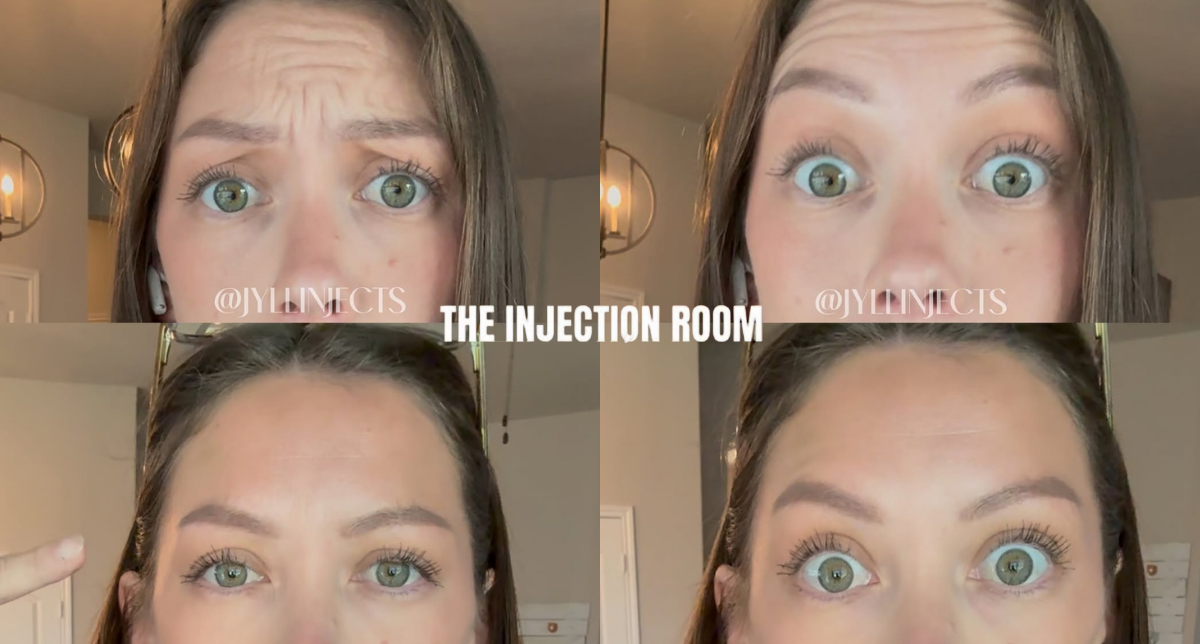


.jpeg)
.jpeg)
.webp)

.jpeg)











